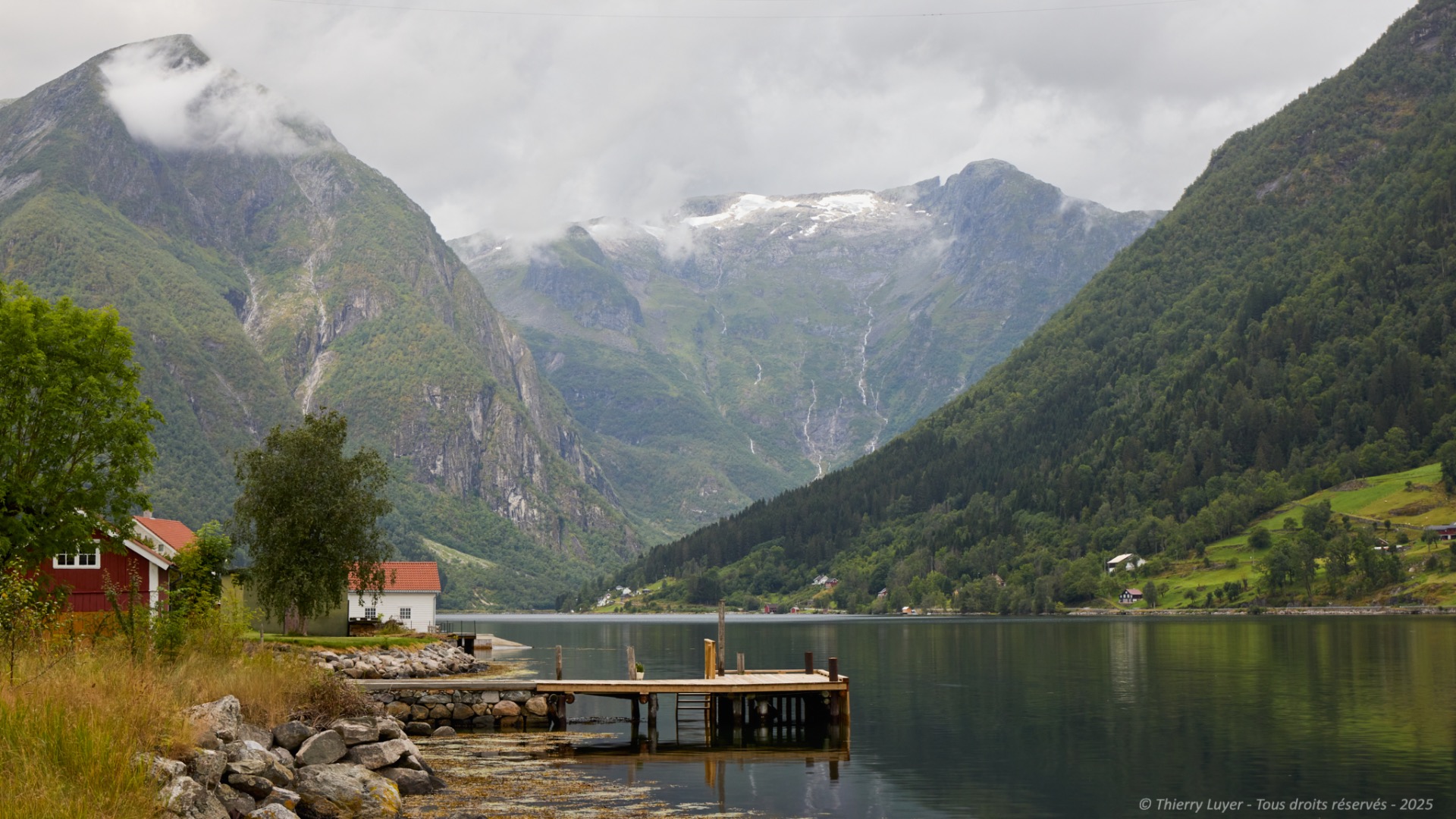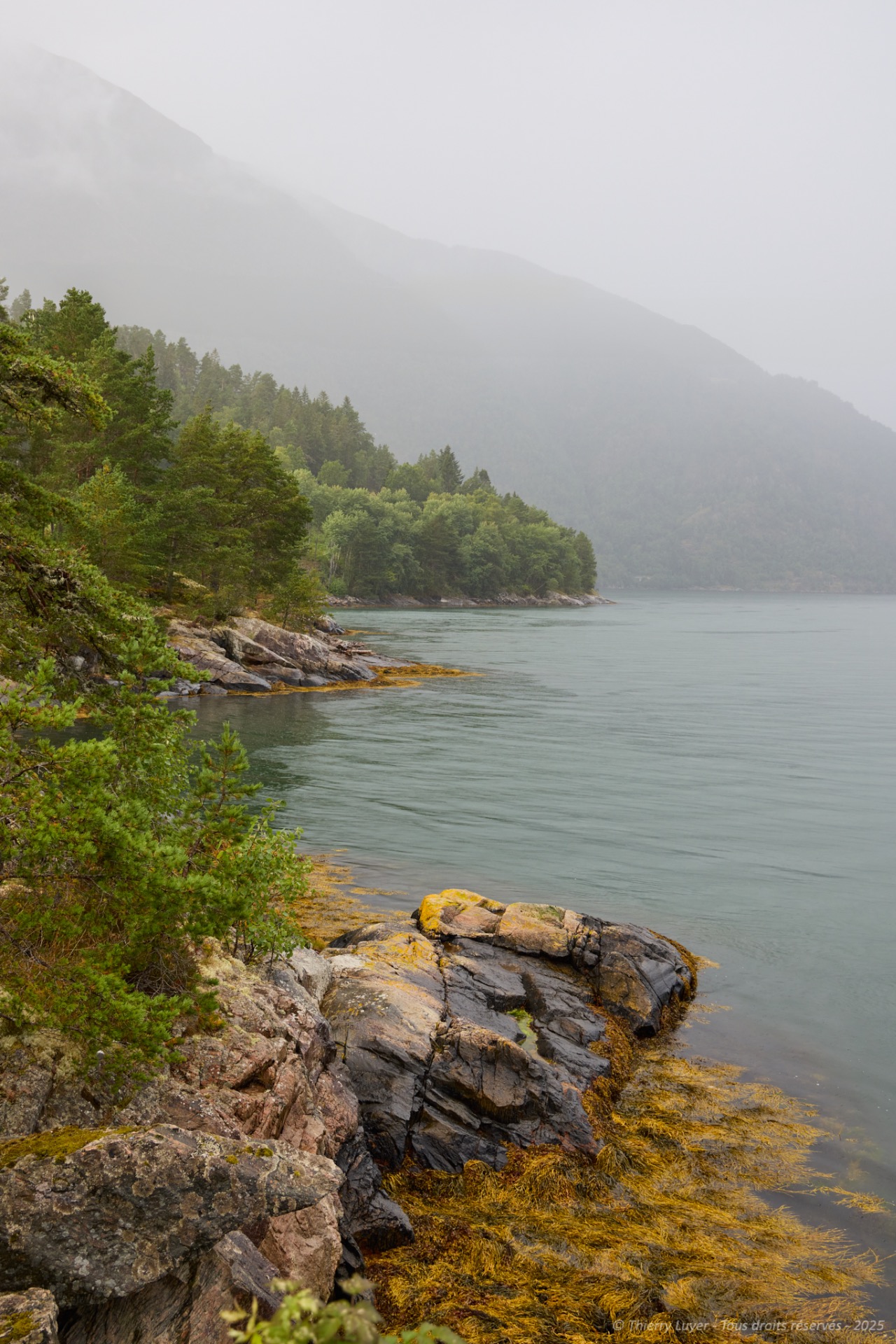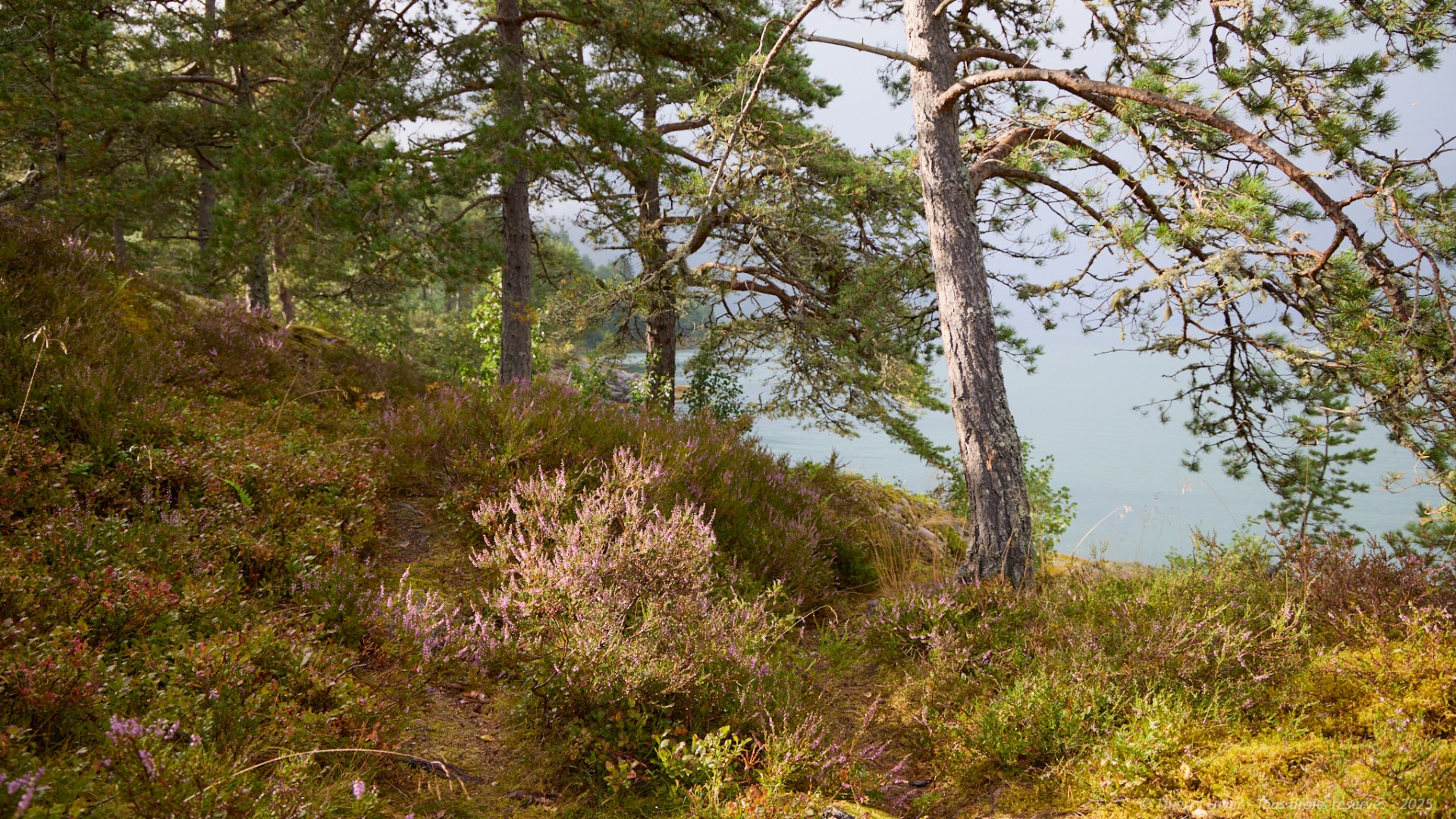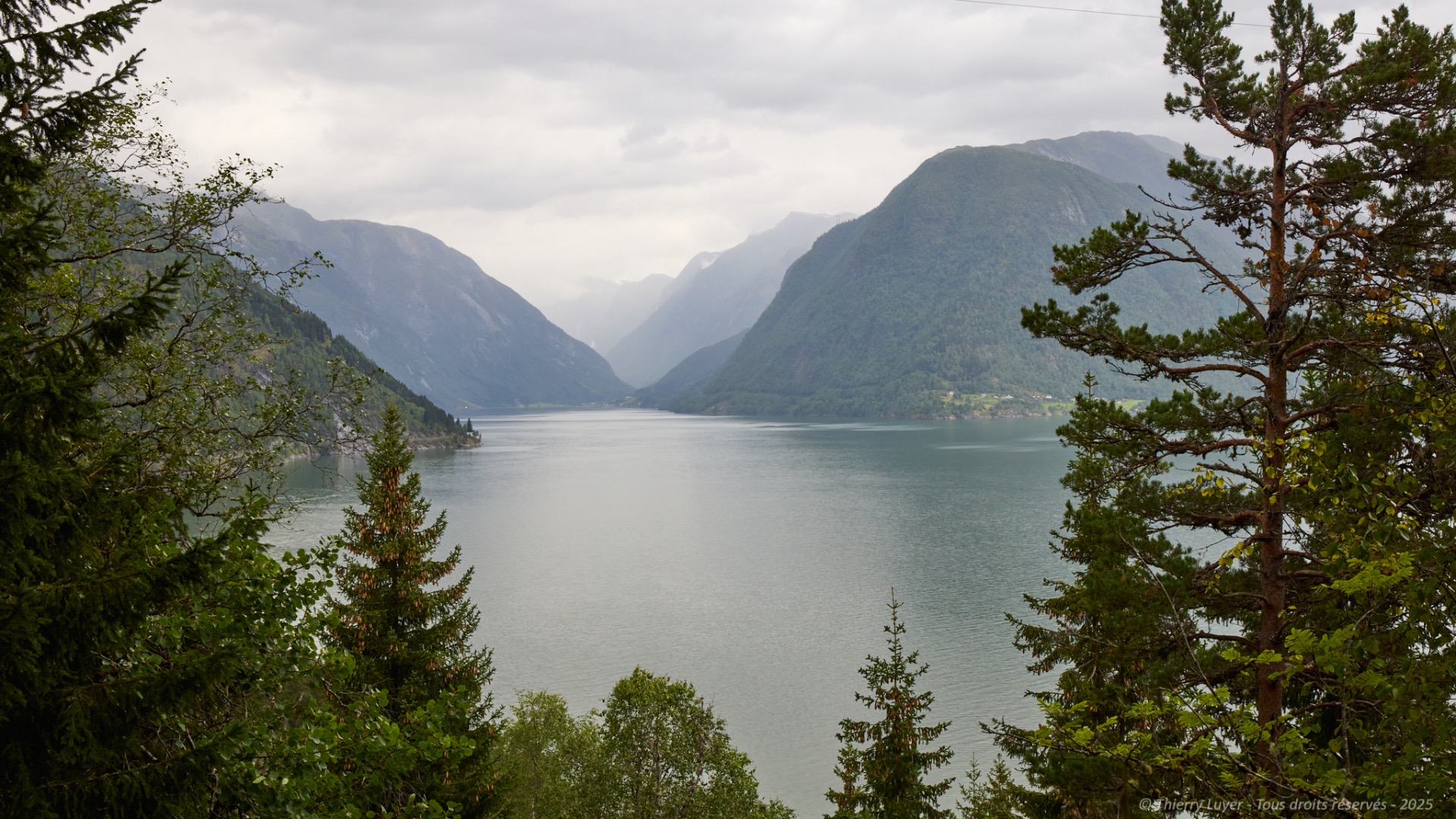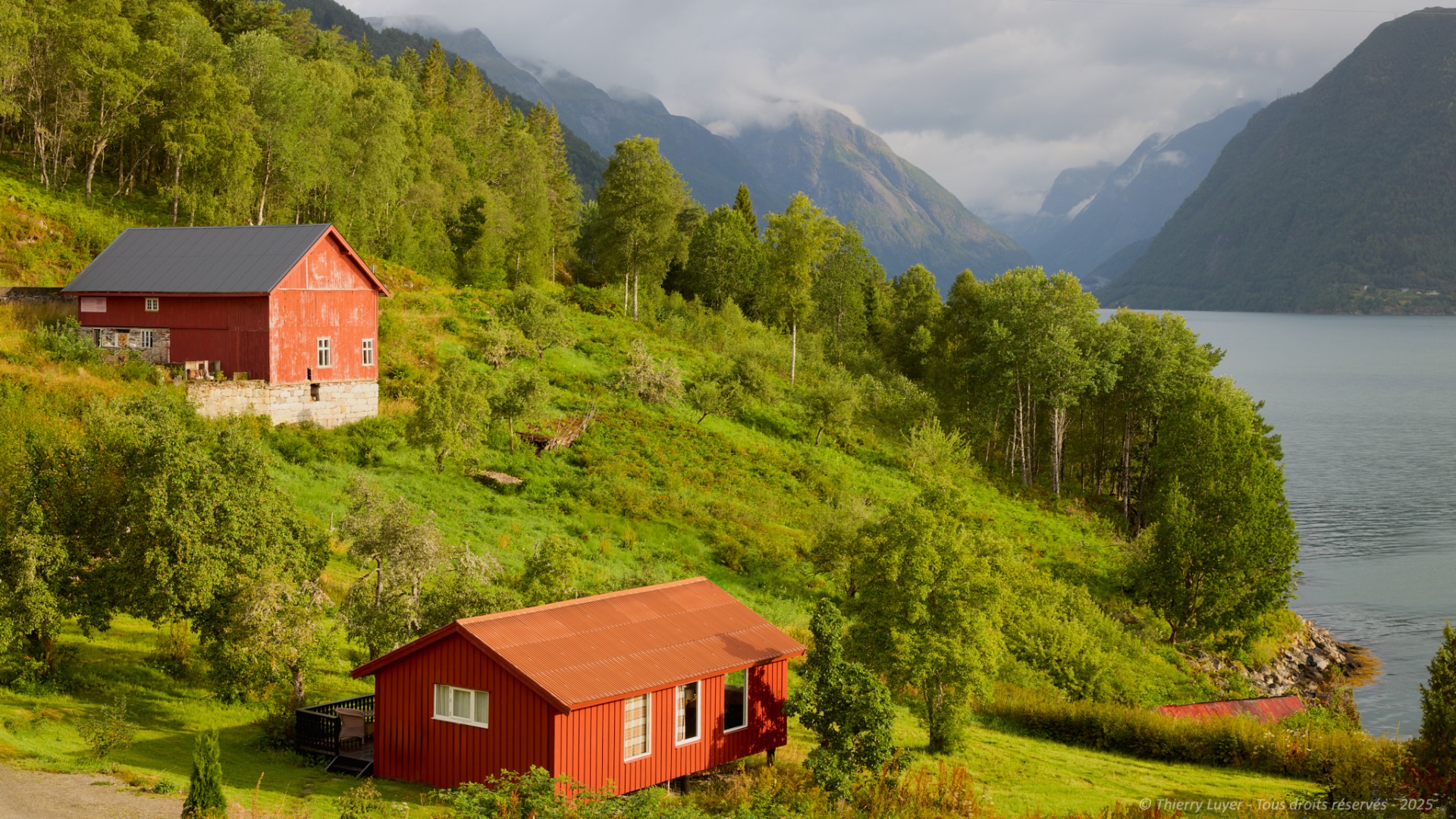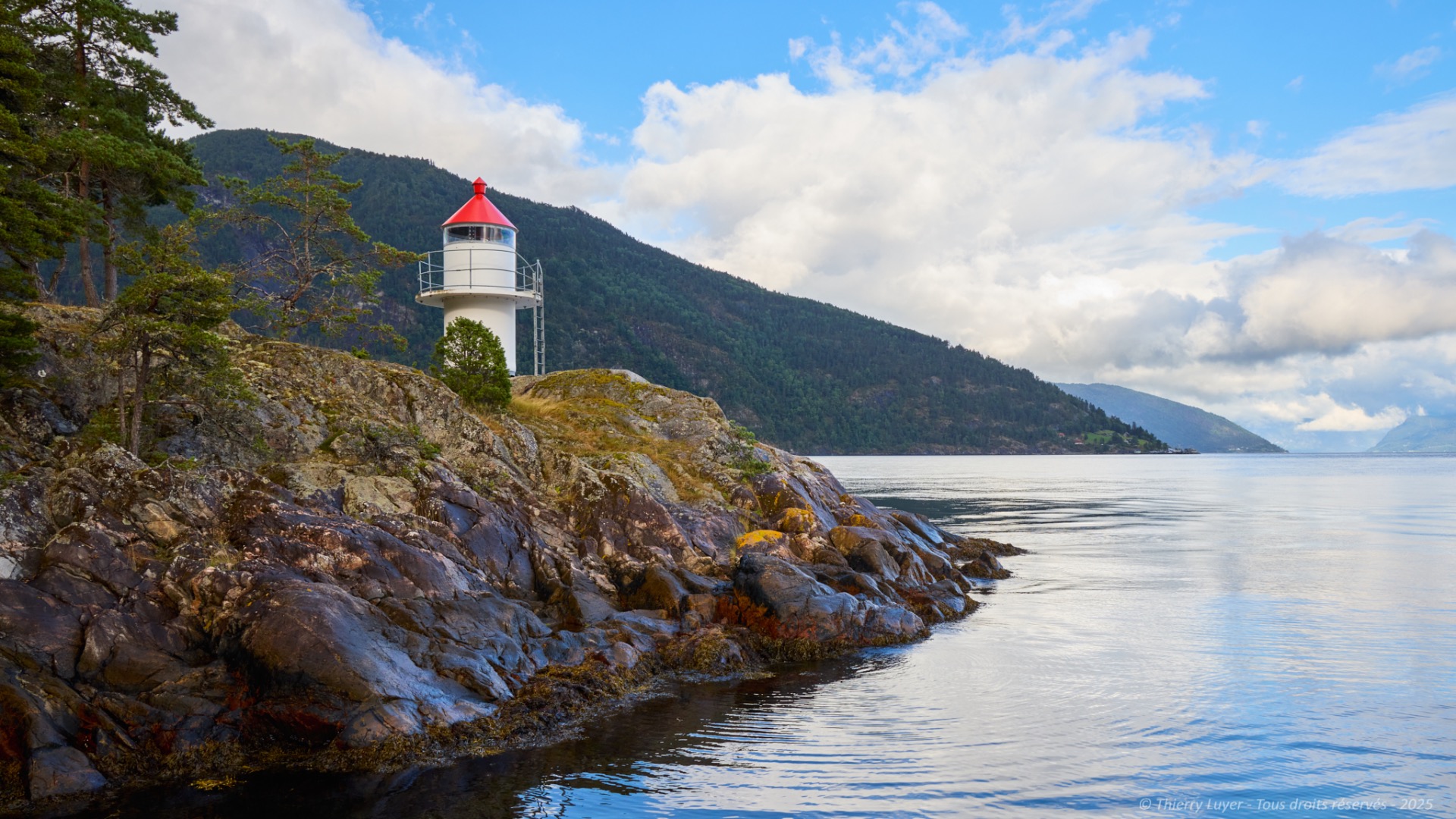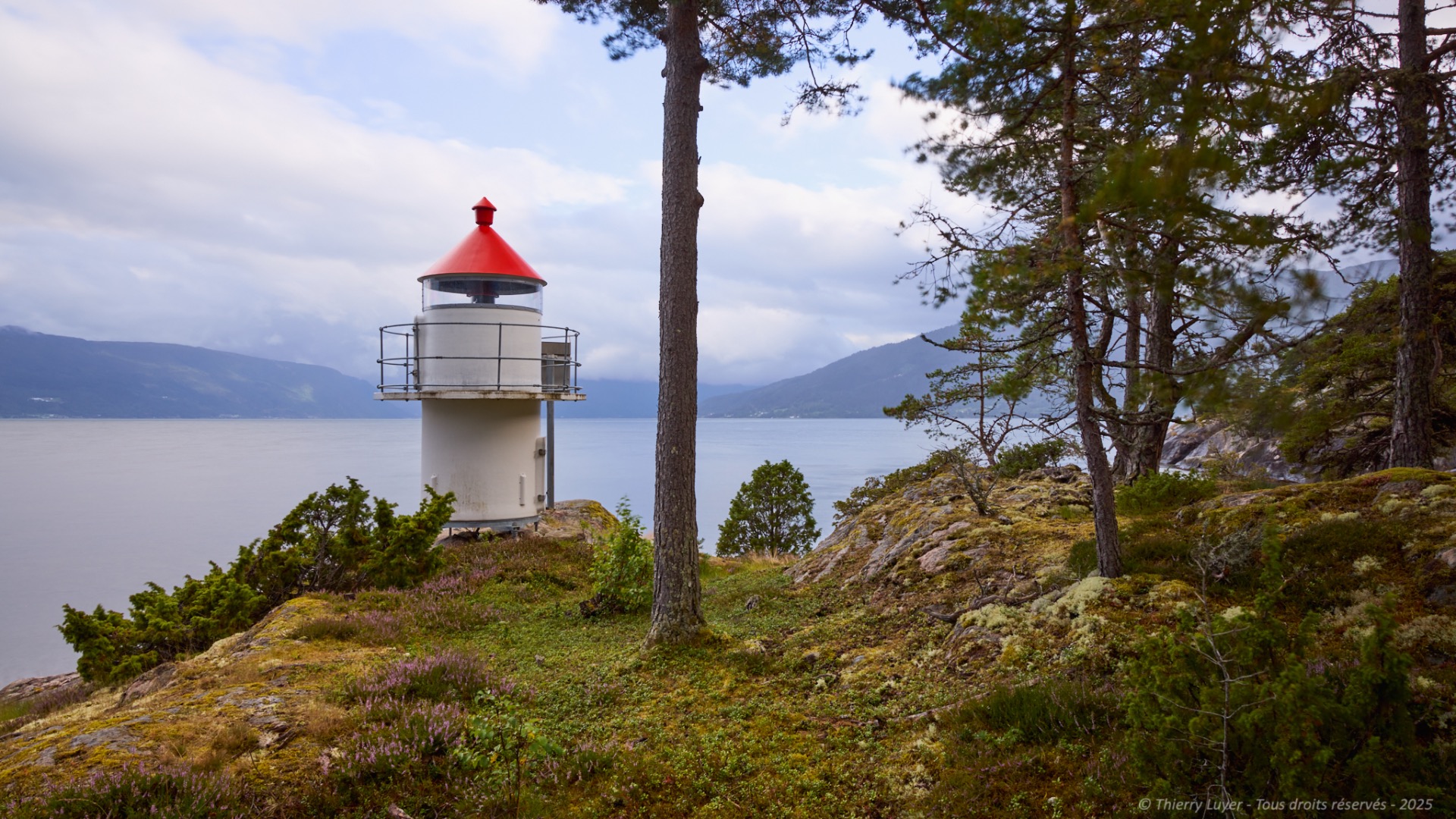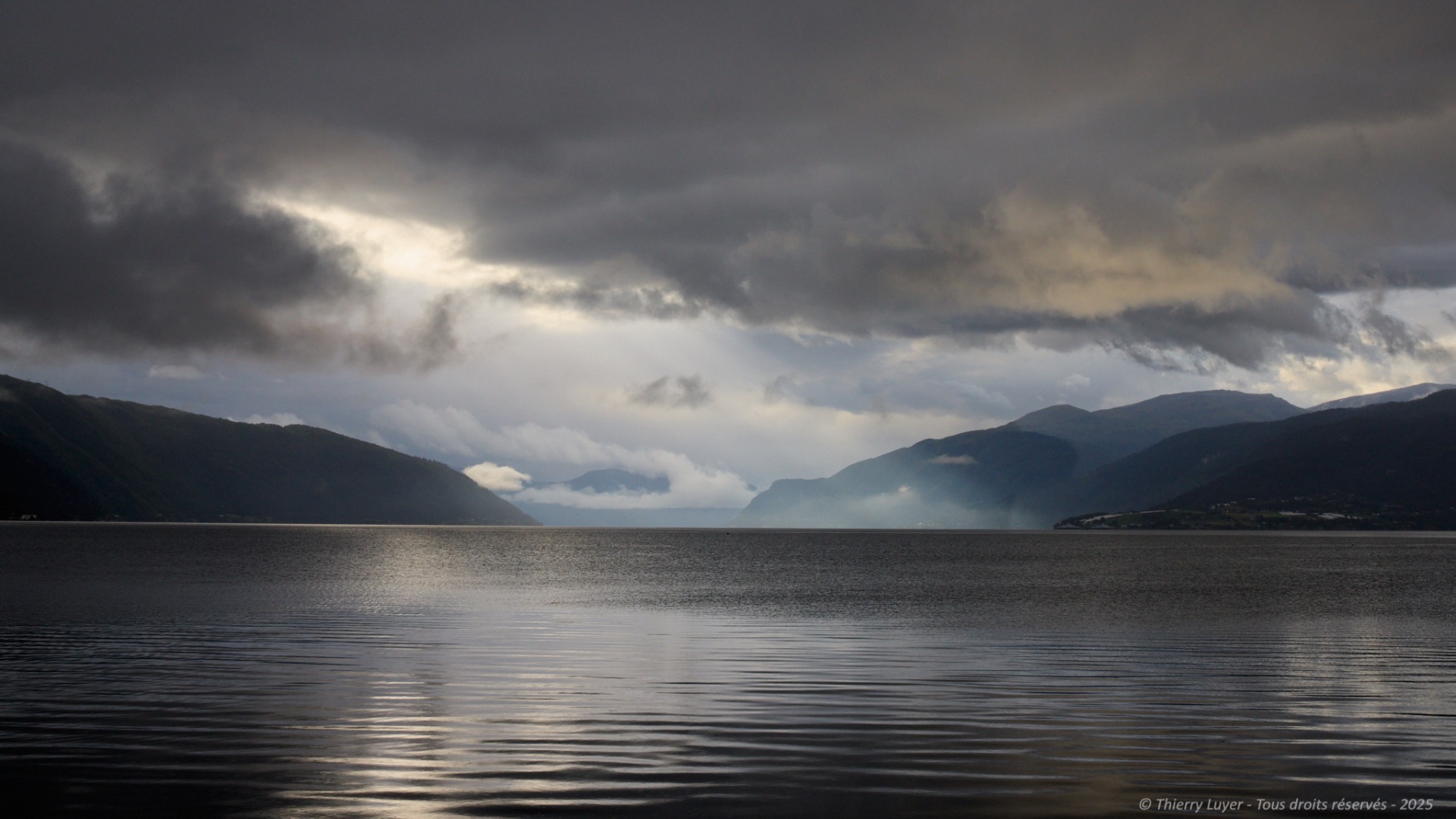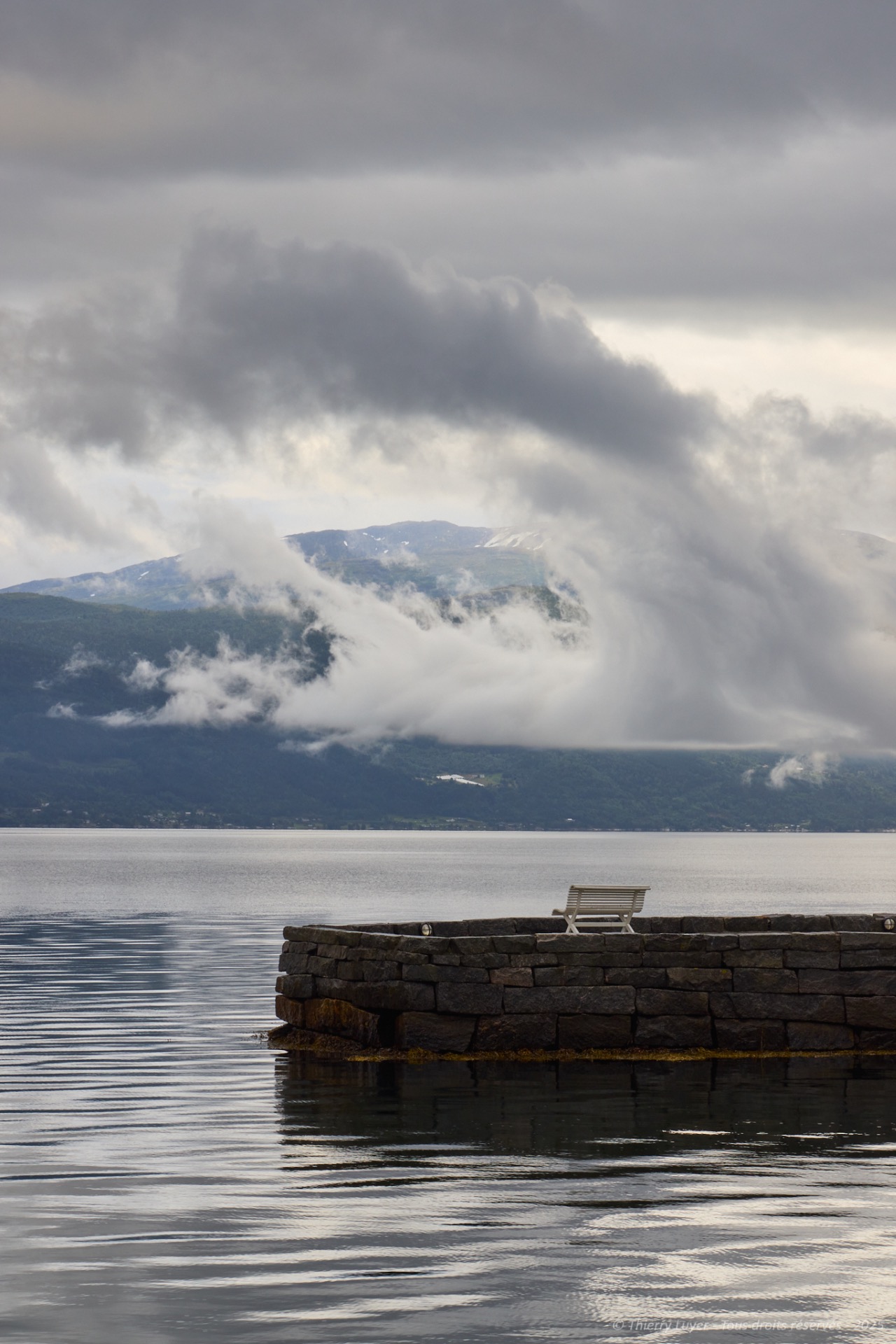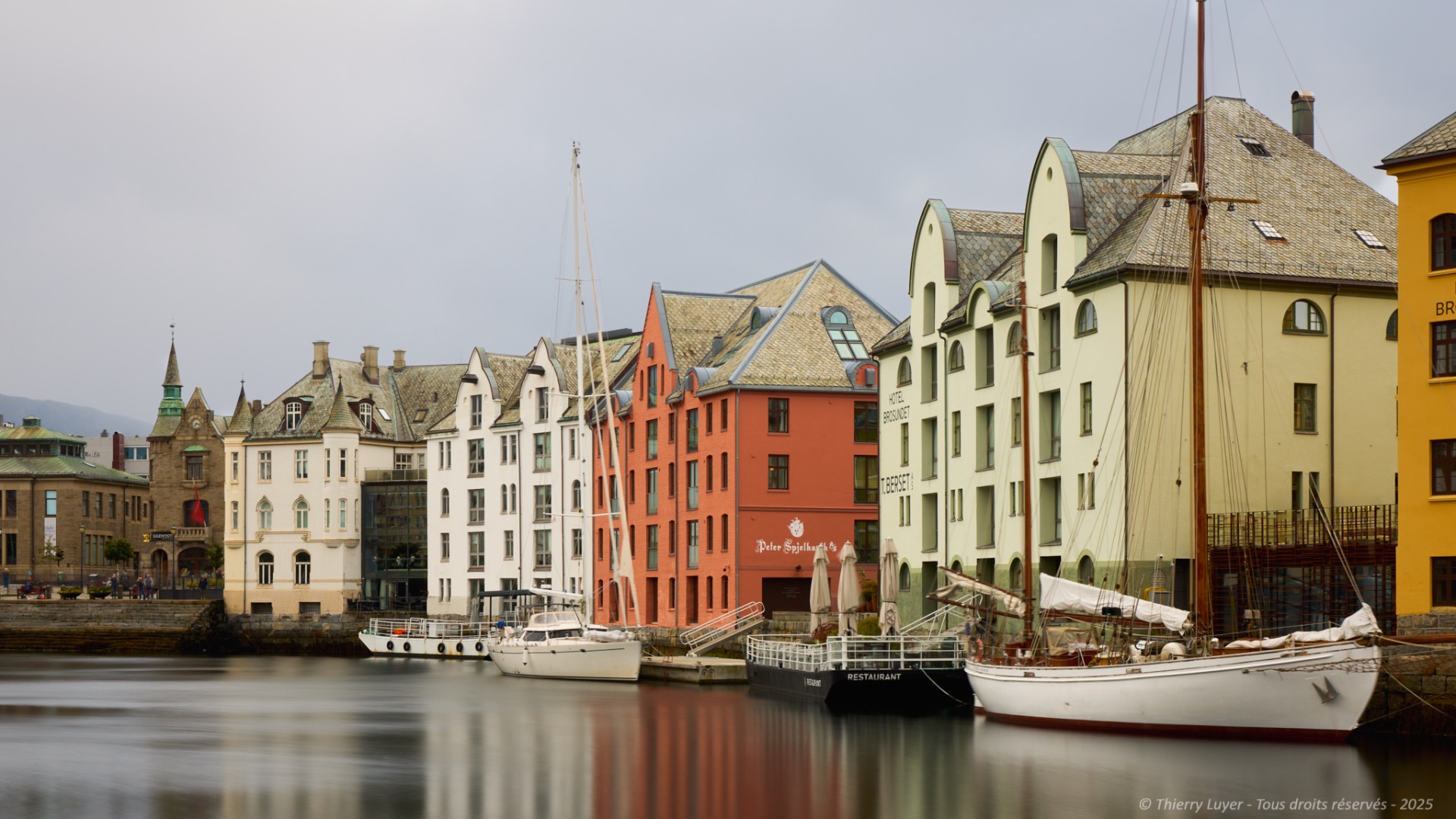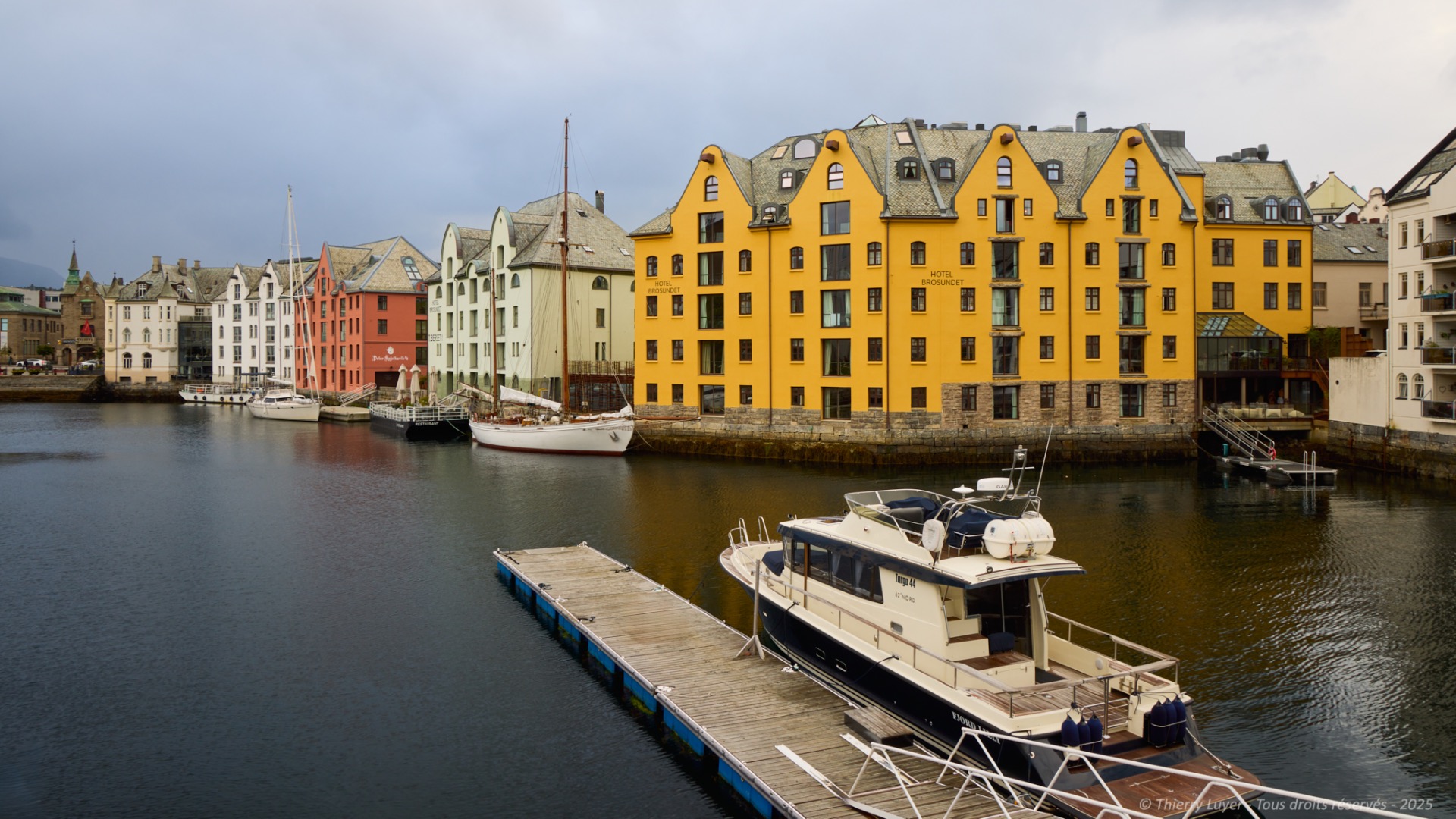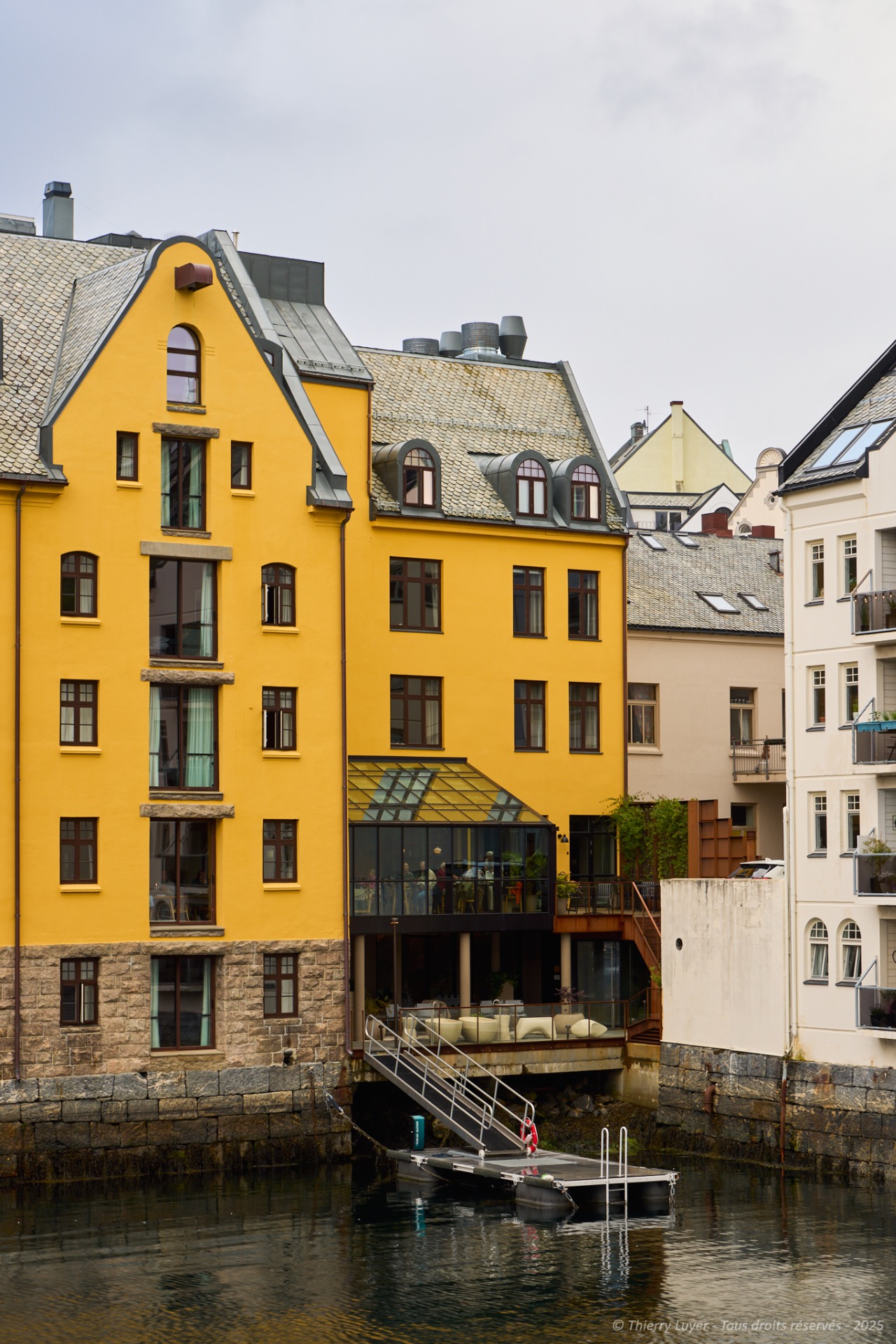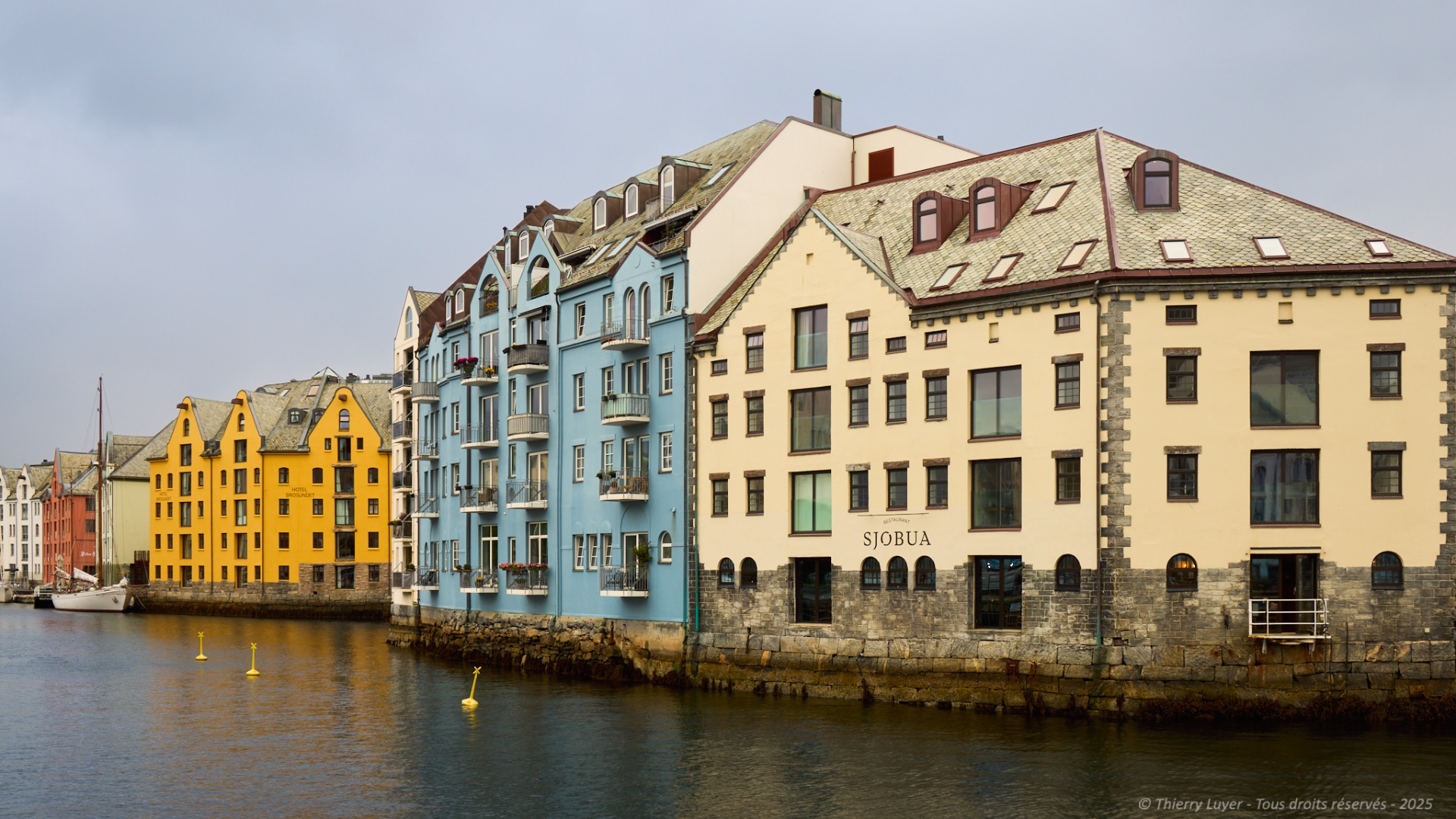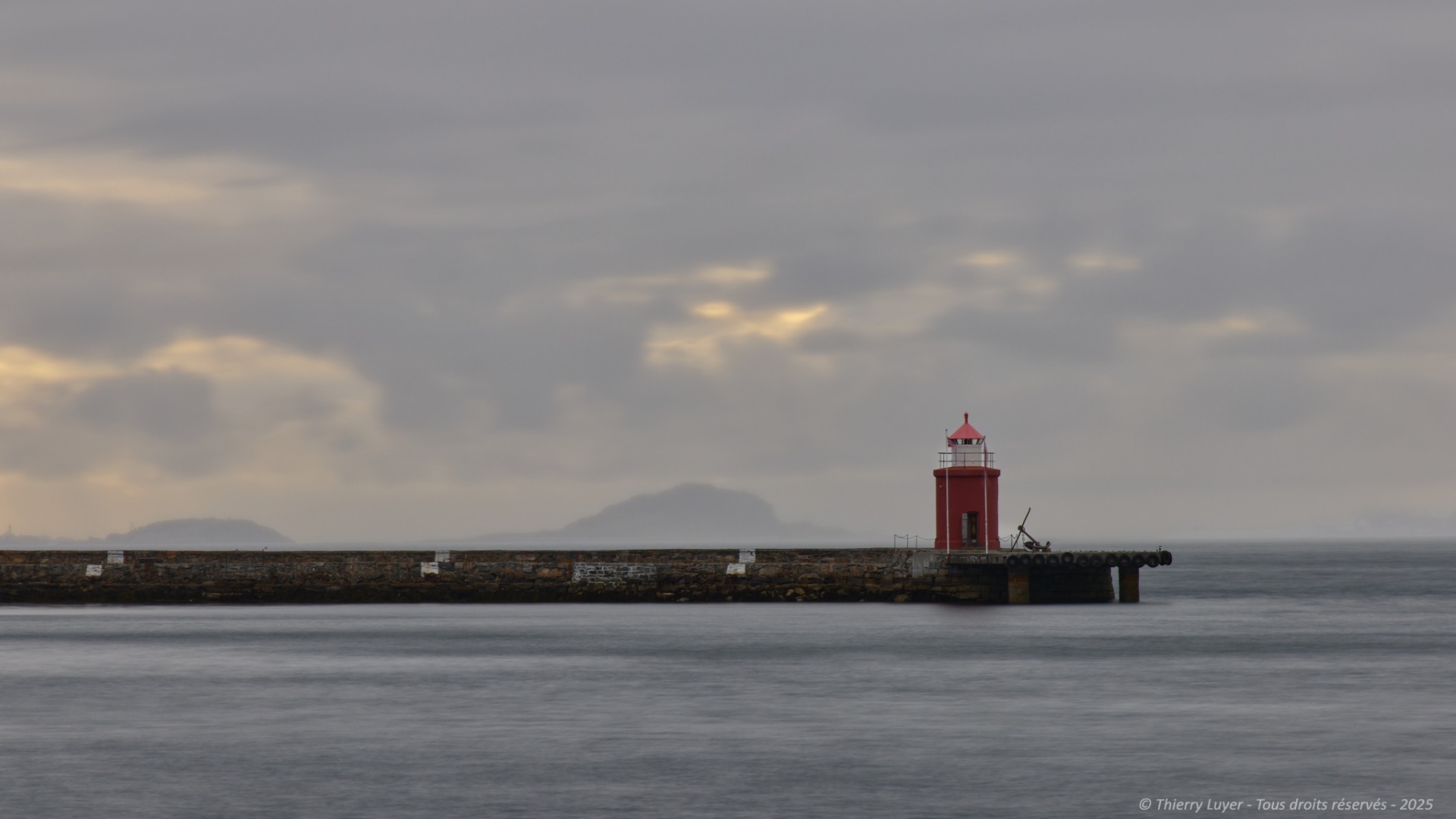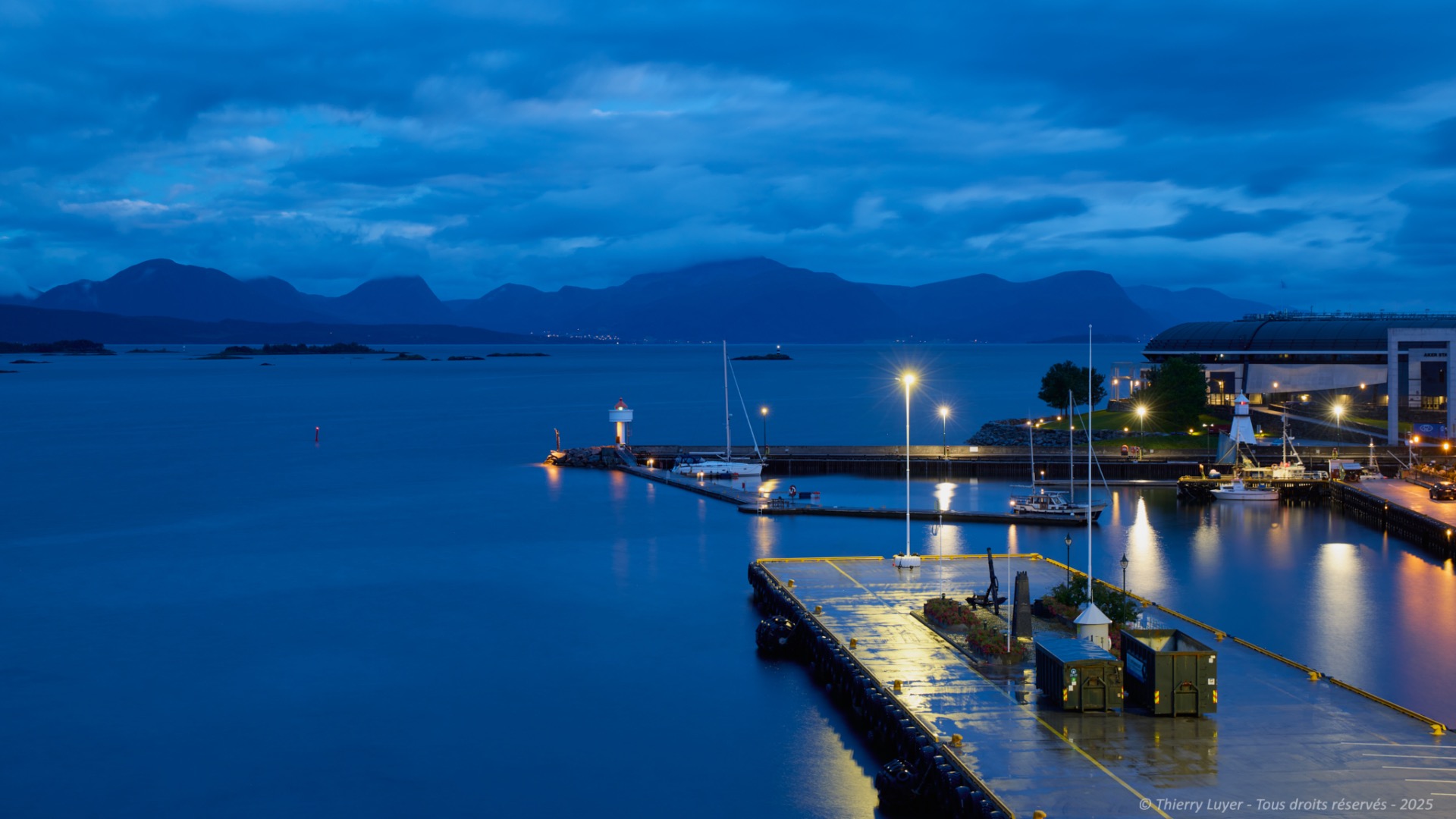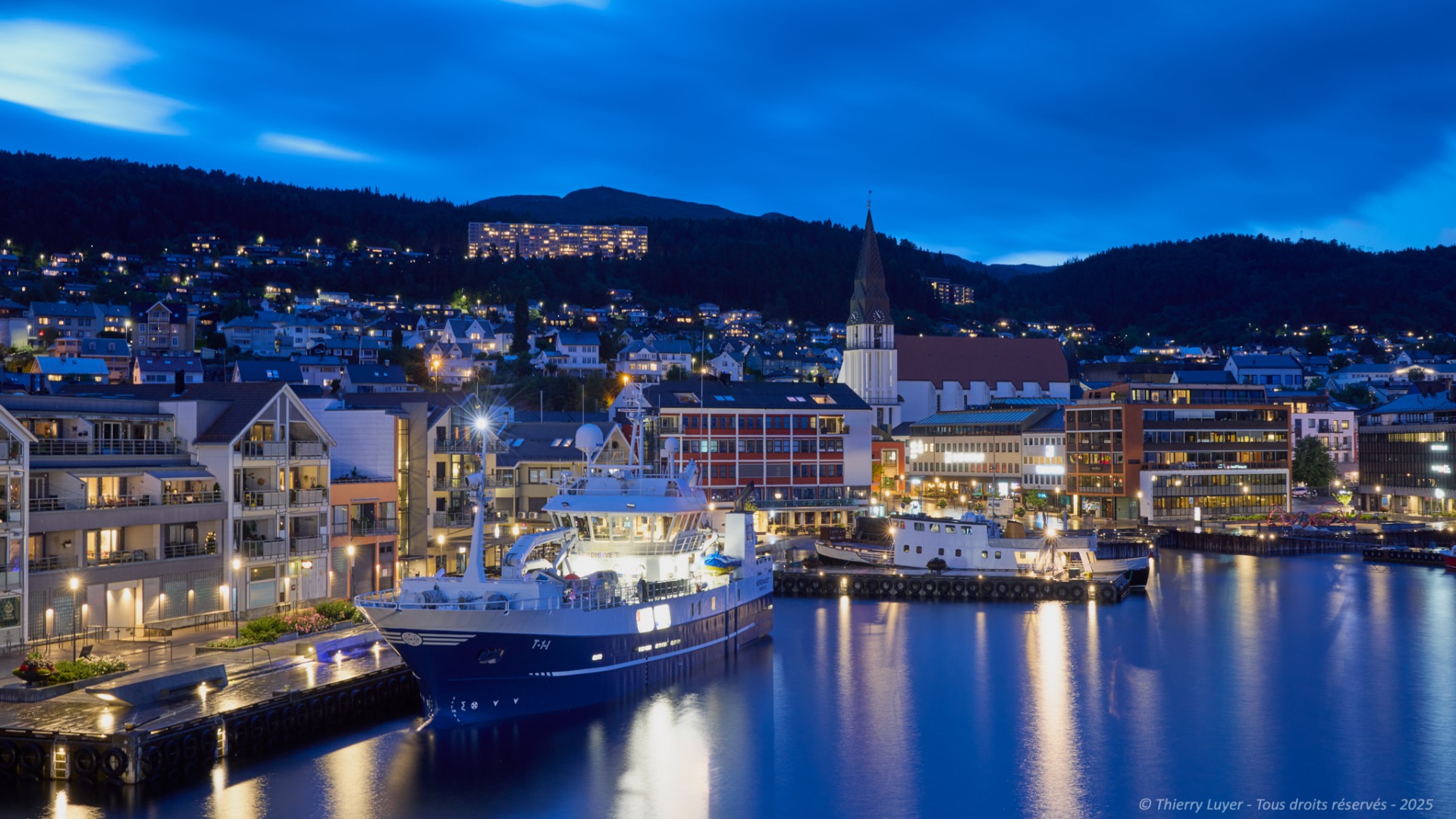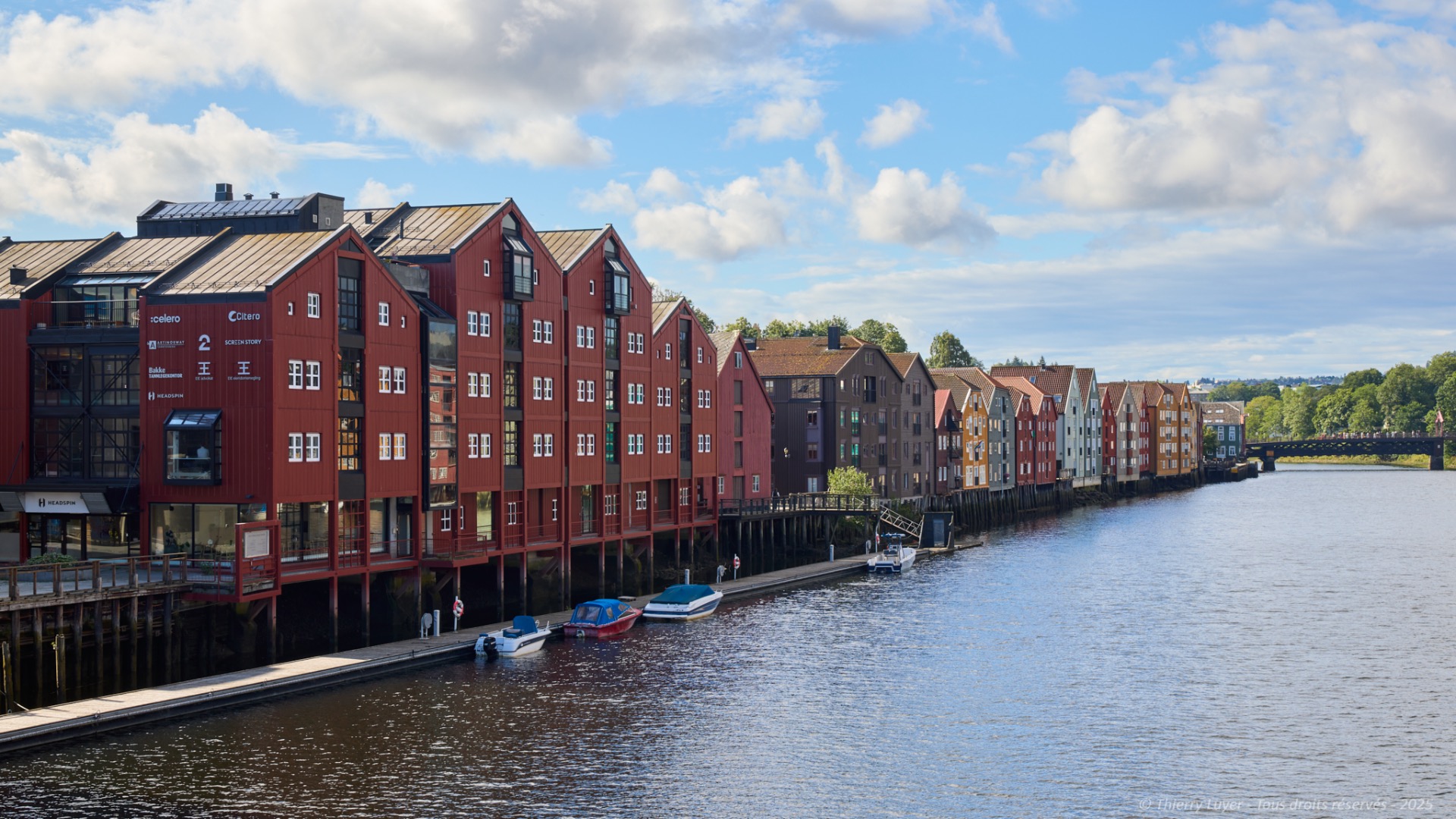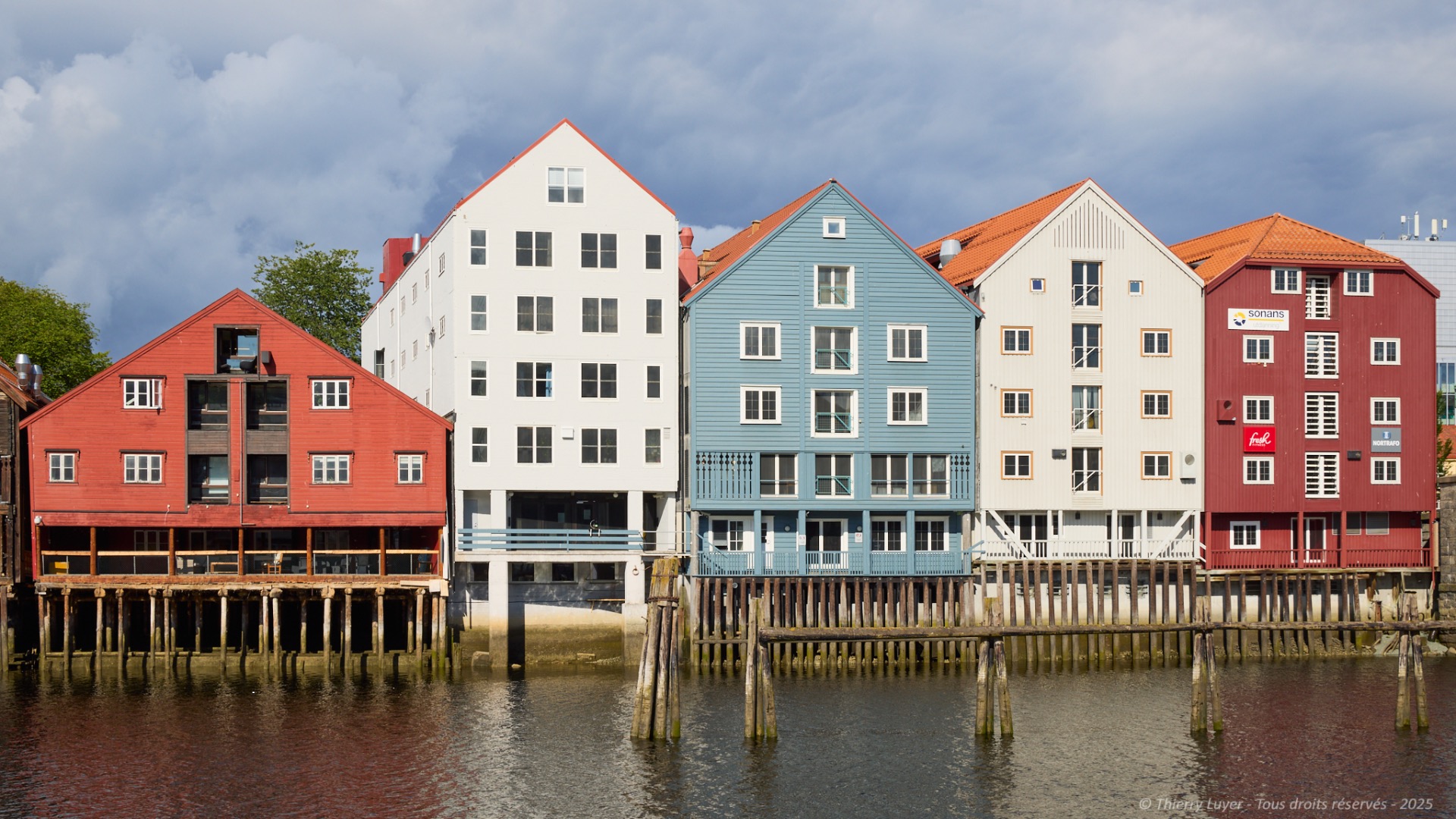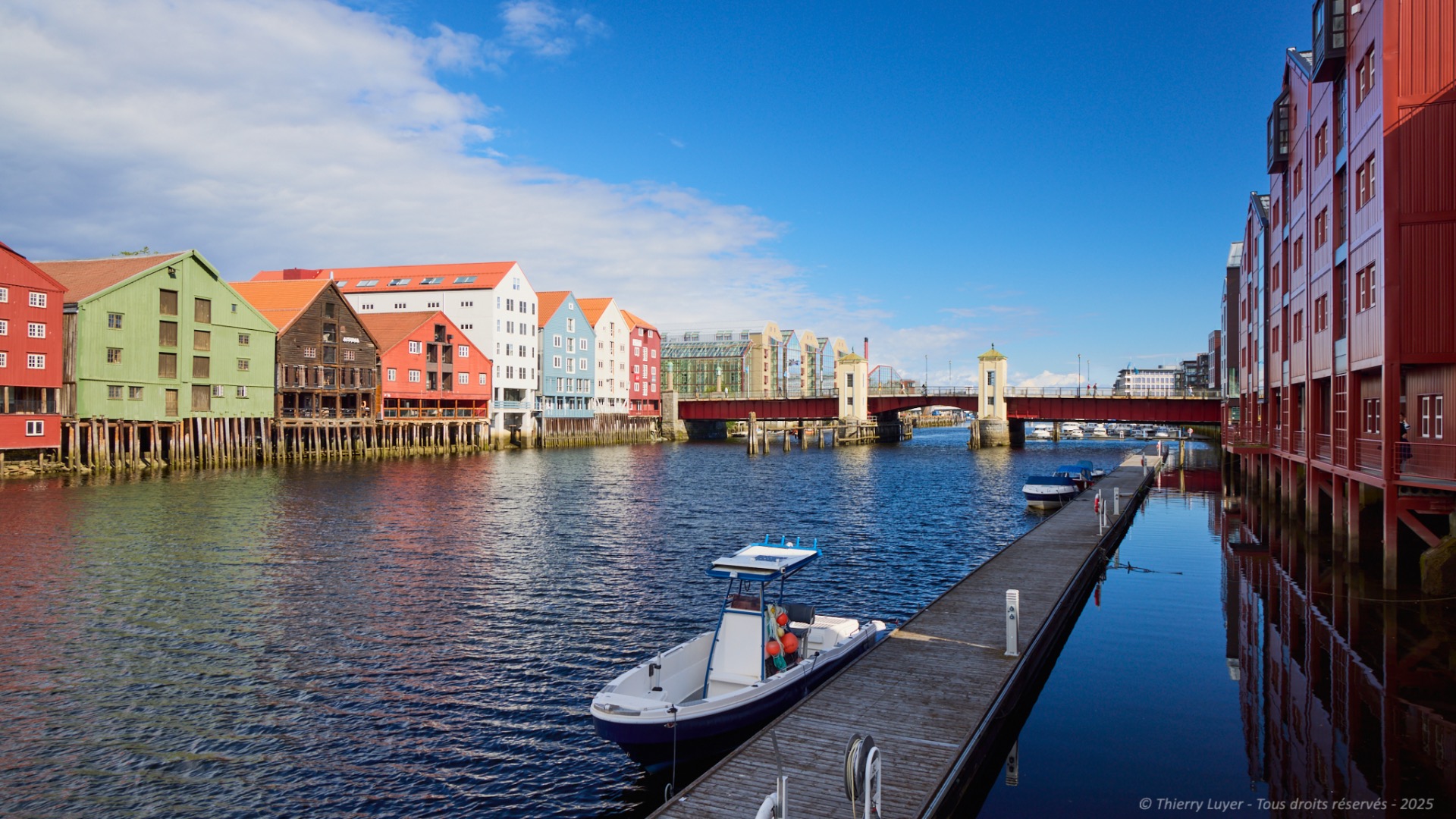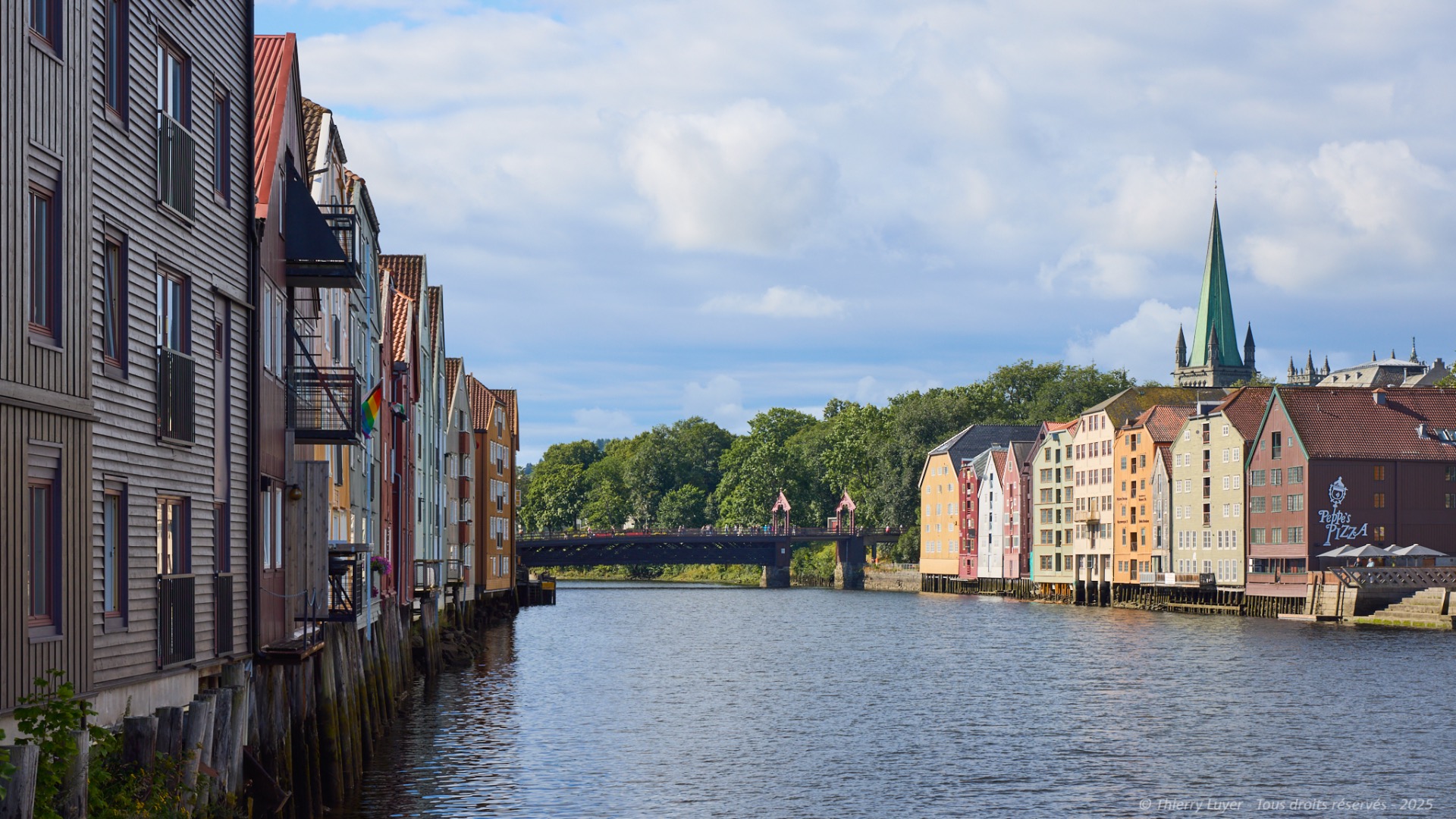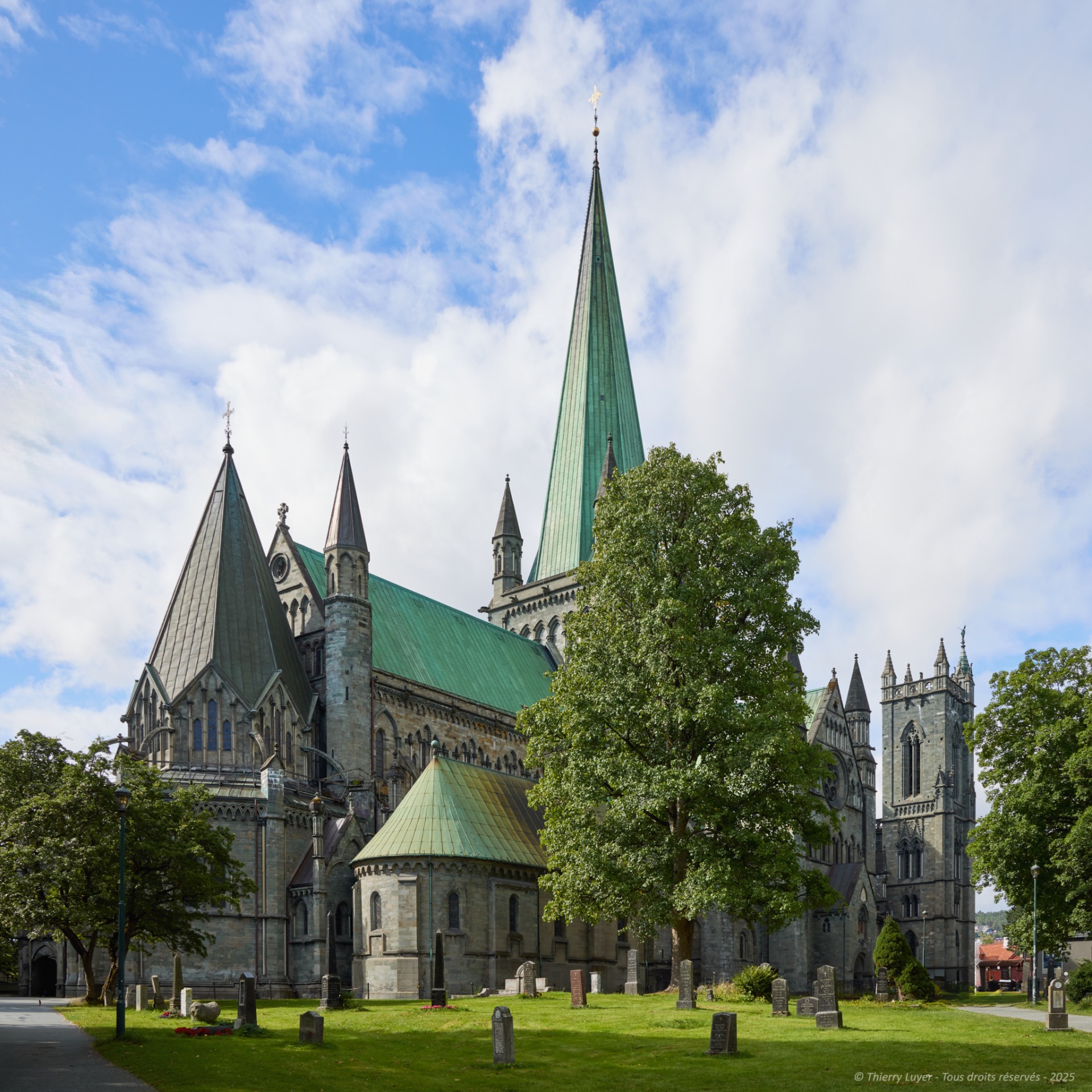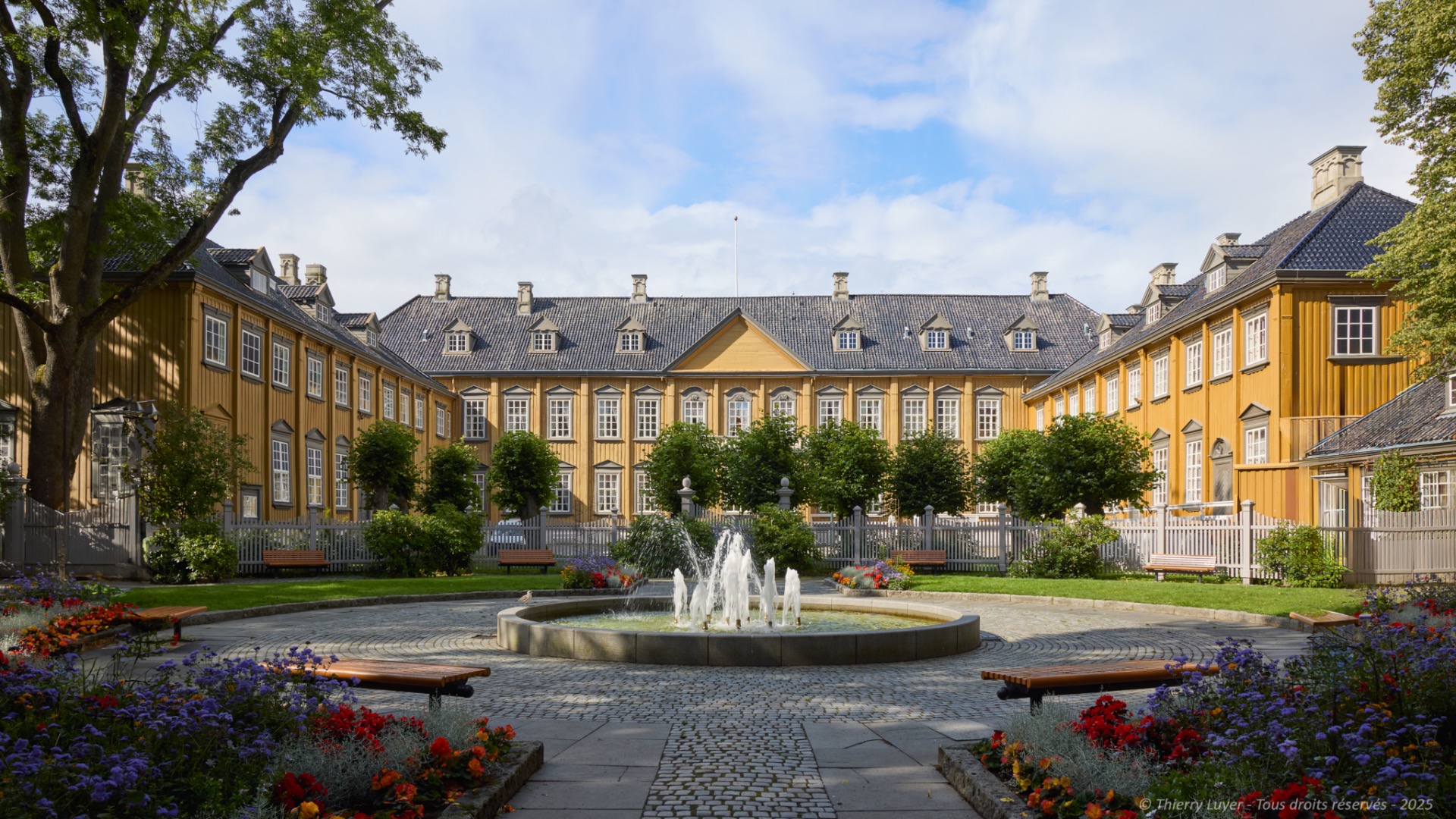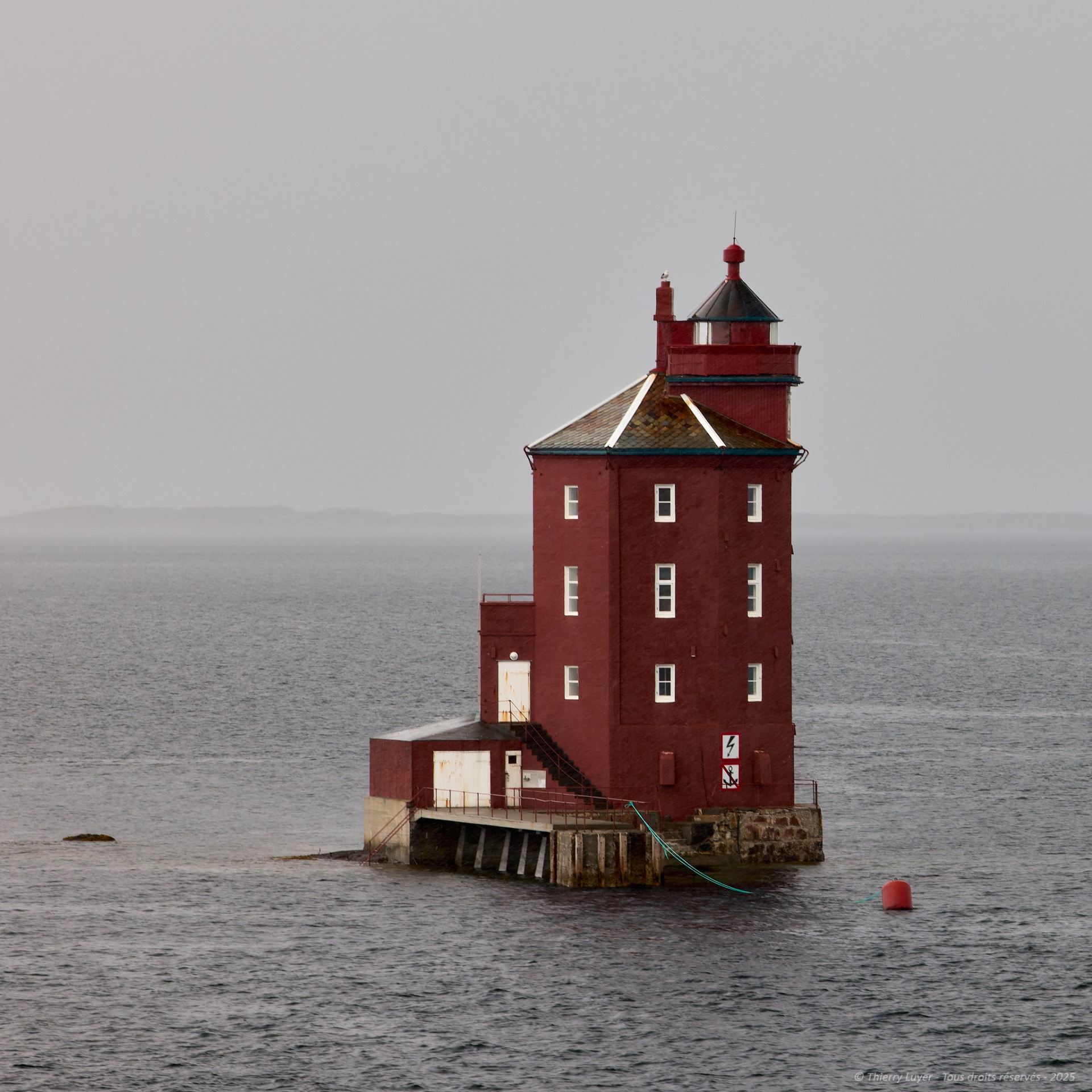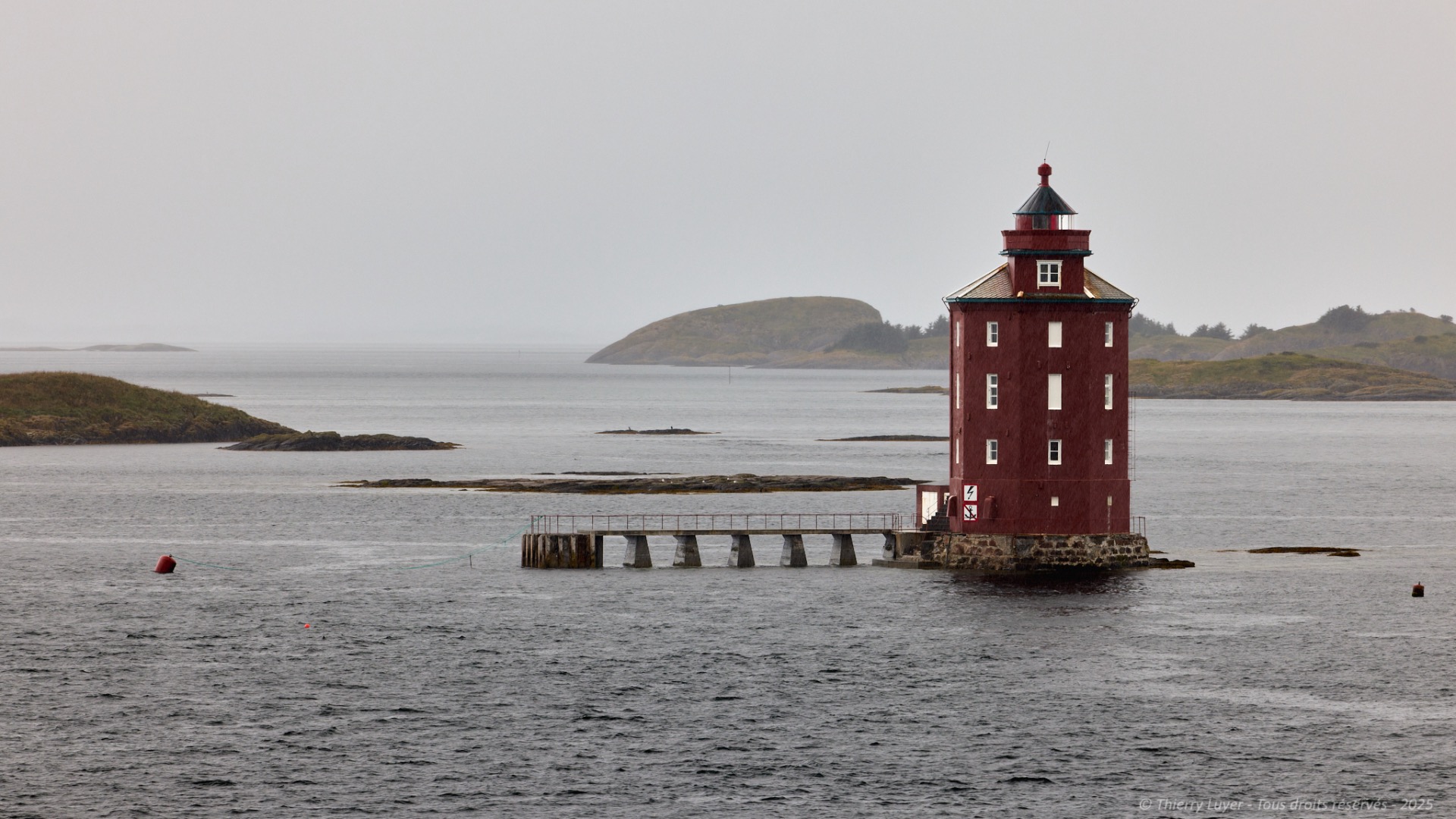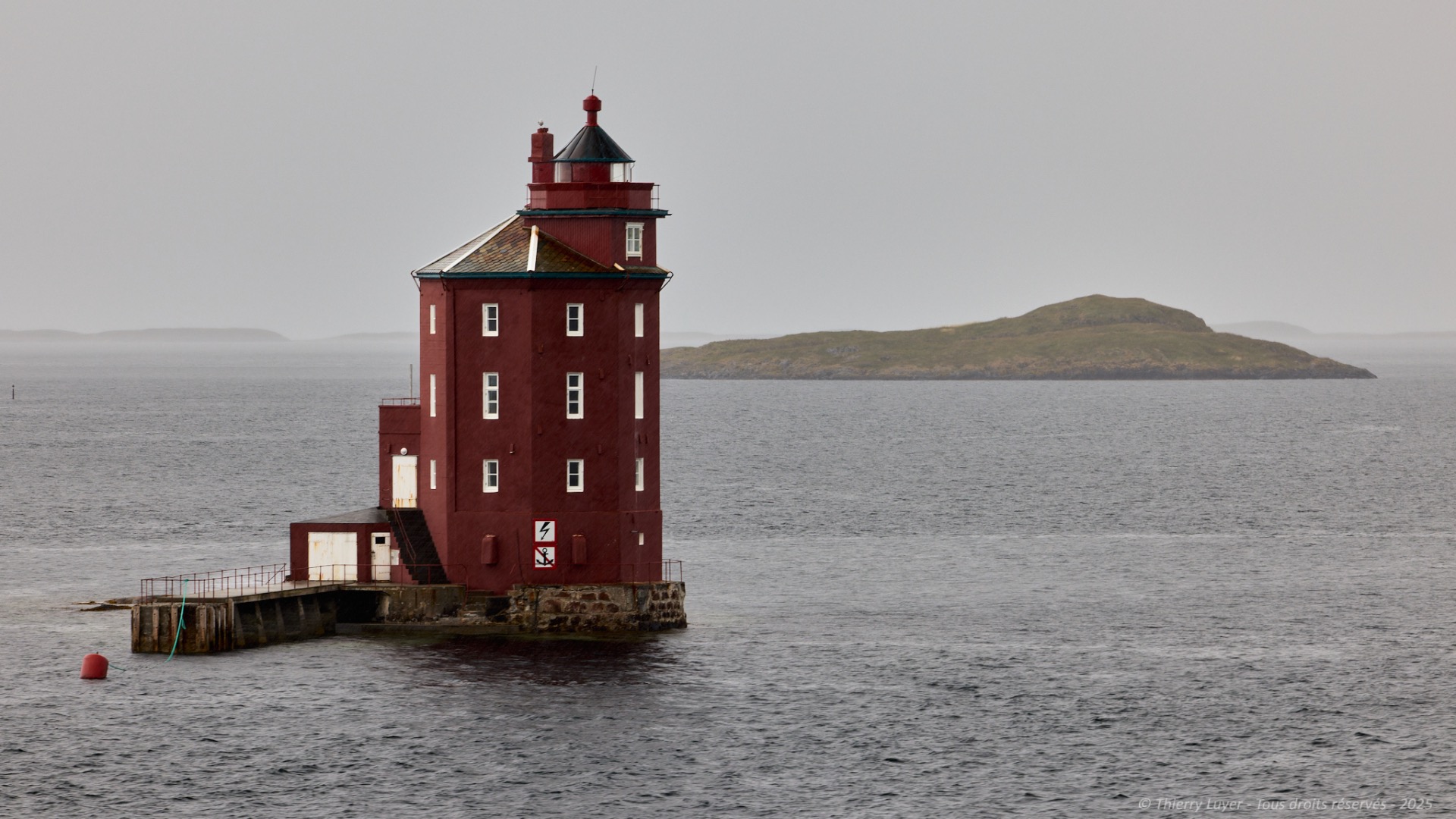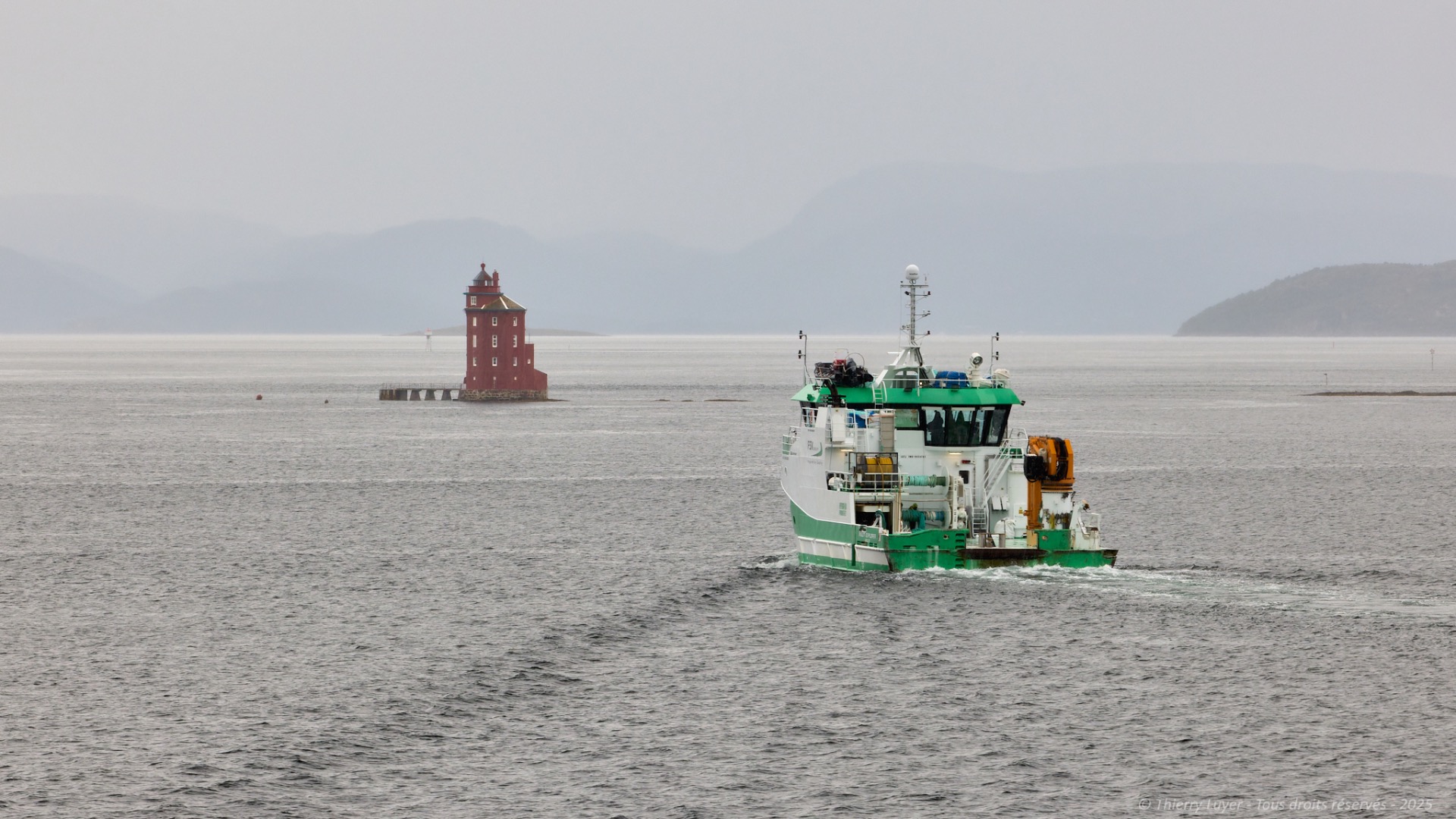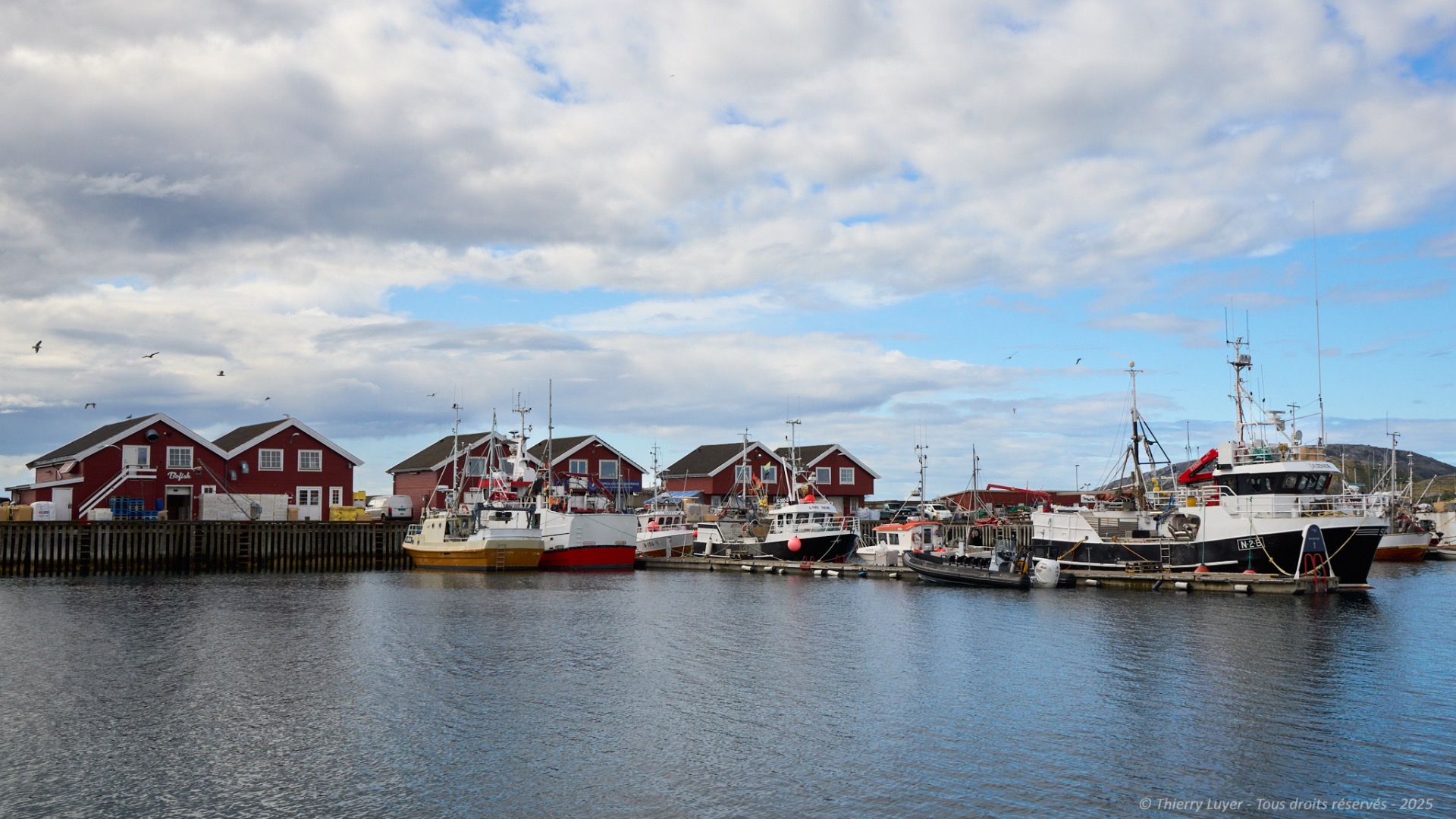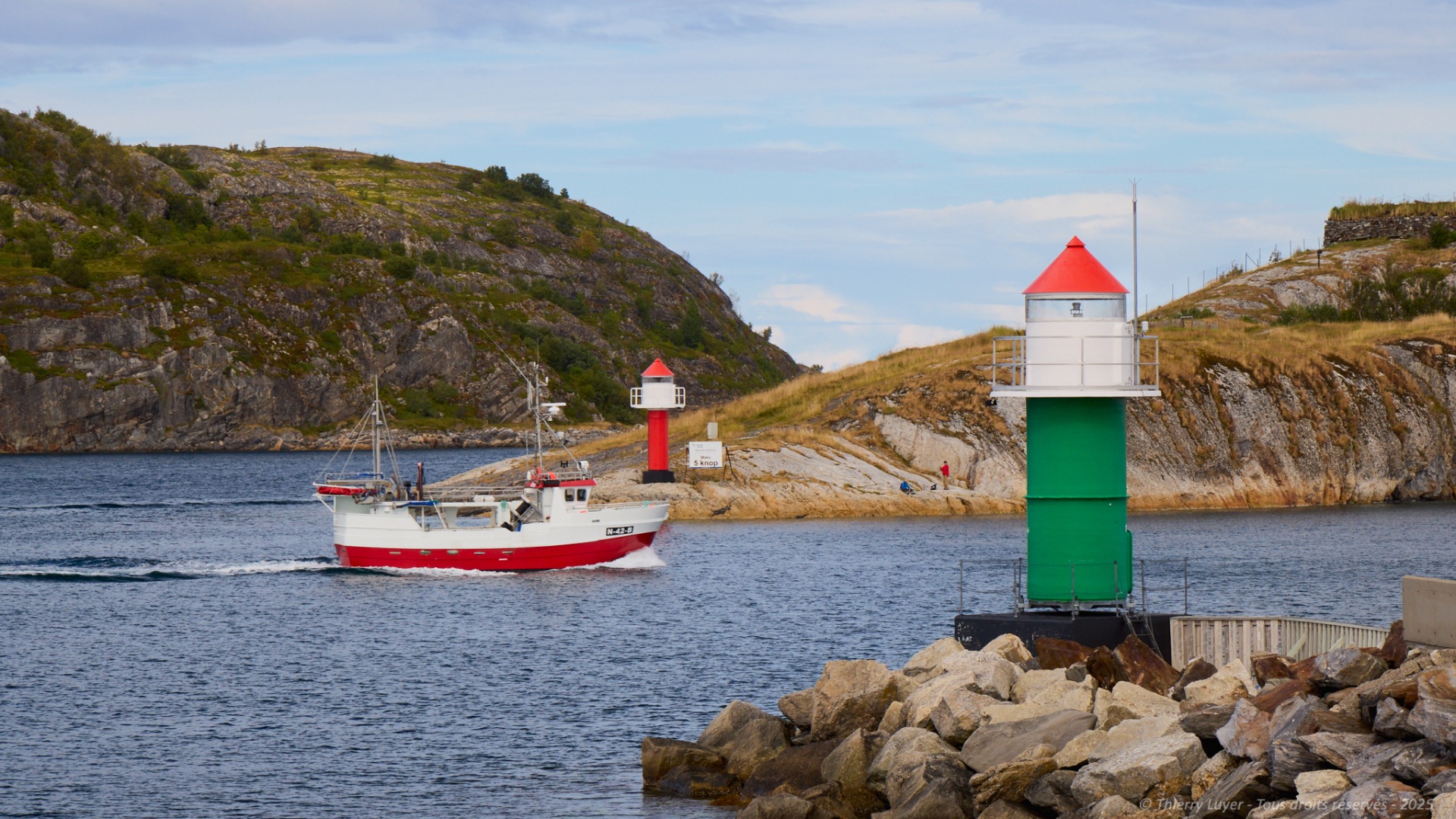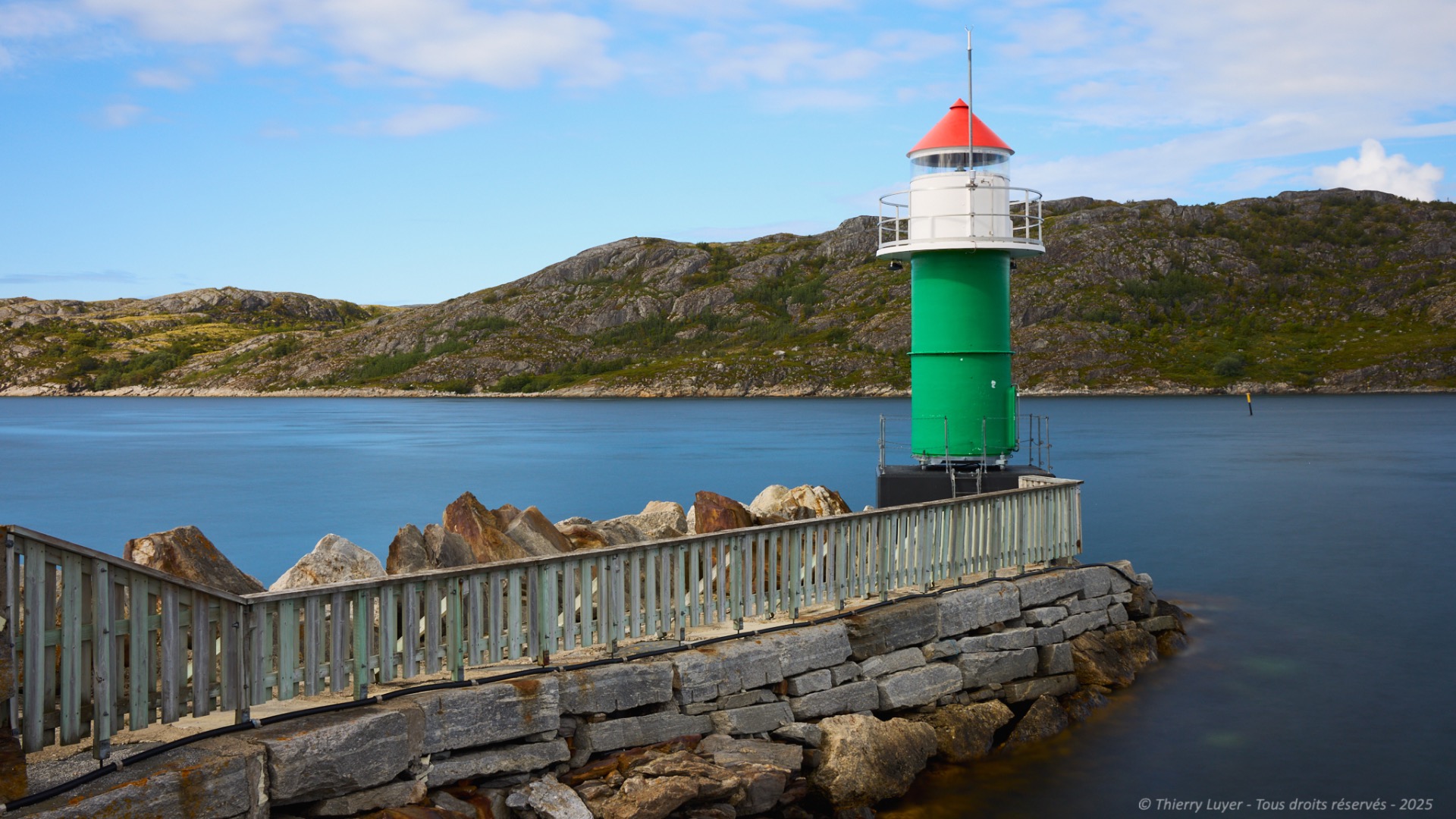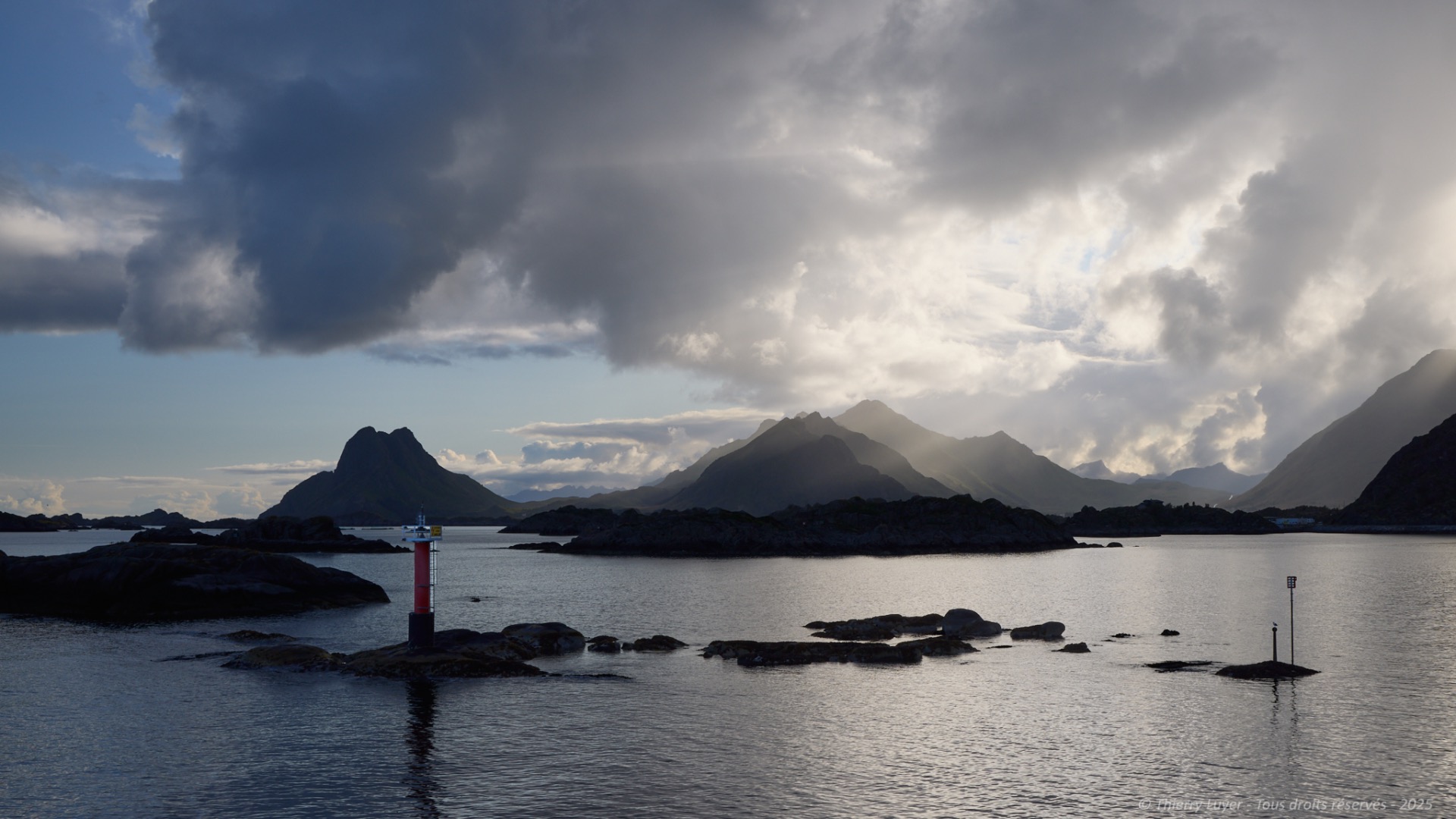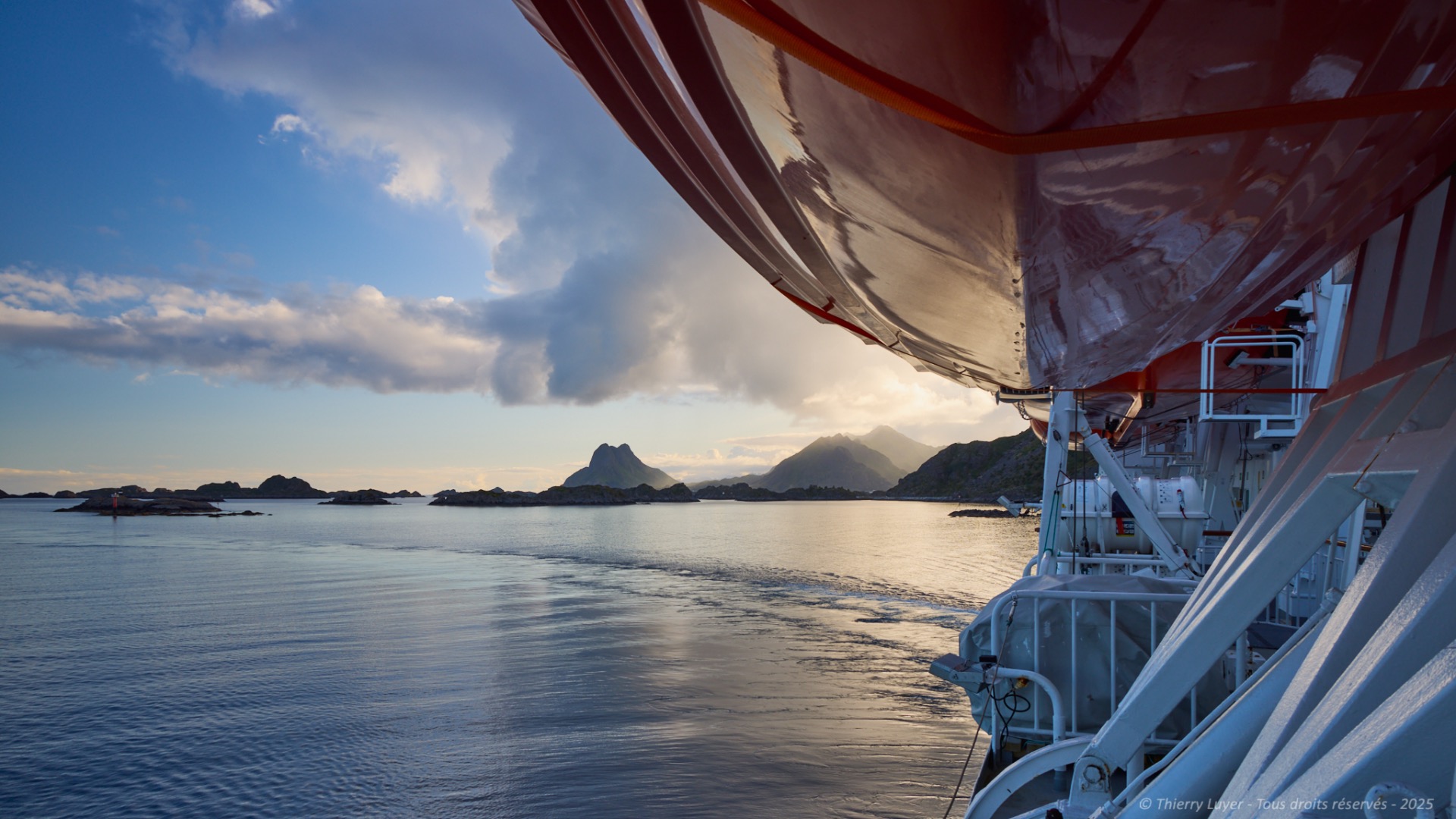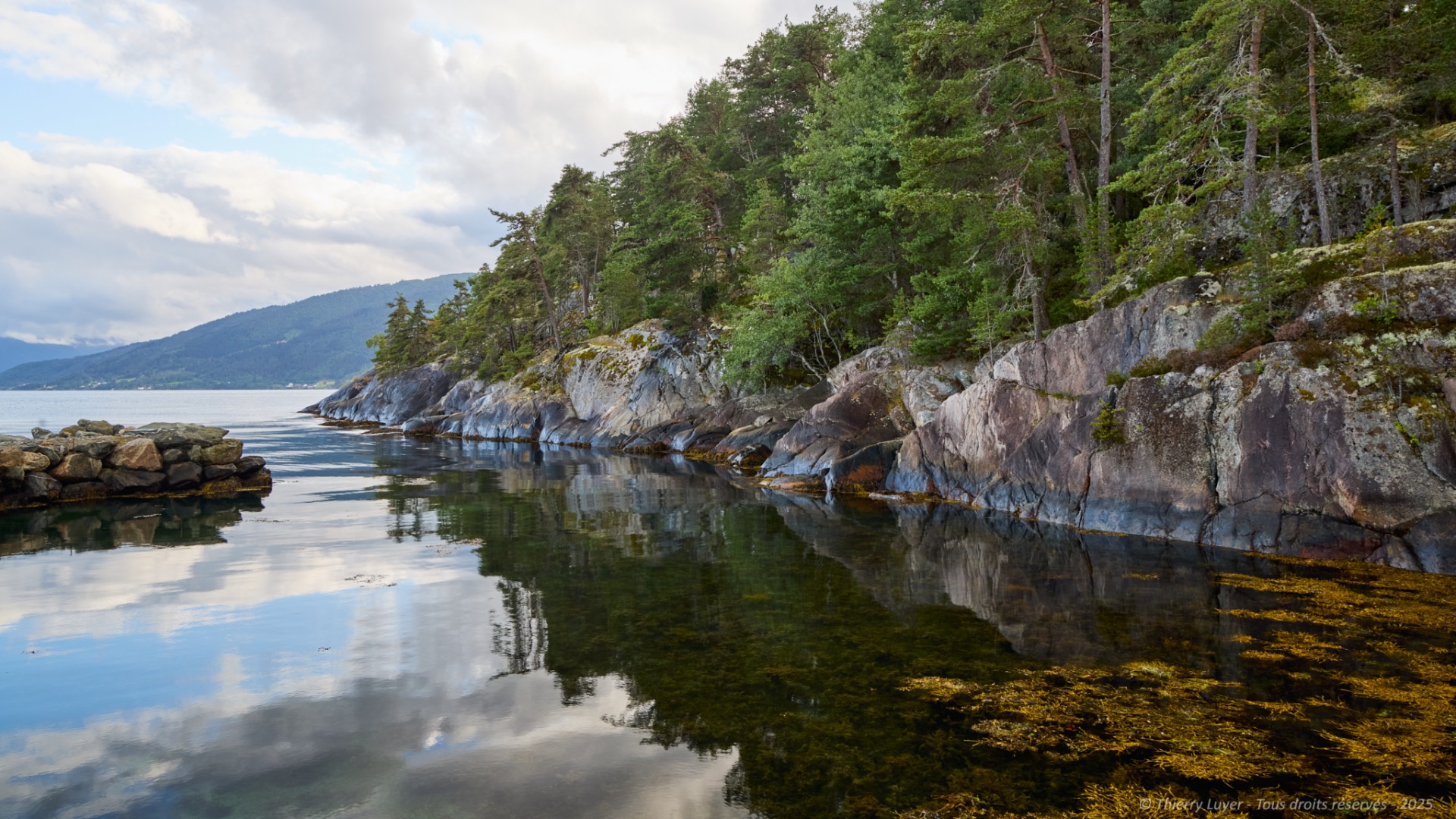
Norway by the coast - Part 1
Norway by the coast
It is in Norway, far from my native Brittany, that my photographic quest continues this early August 2025.
Days 1 and 2:
I travel by train and then by ferry from Oslo to Balestrand, a small, authentic Norwegian village untouched by mass tourism and large cruise ships. Situated at the confluence of the Sognefjord (Norway's longest fjord) and the Fjaerland fjord, Balestrand is an ideal base for exploring the majestic natural surroundings.
On the opposite bank of Balestrand and close to the small village of Dragsvik, I discover a well-hidden cove and its small typical Norwegian lighthouse.
Day 3
I take a few photos at 8 a.m., under a very cloudy sky, while waiting for the ferry to Bergen.
Day 5
I left Bergen the night before, boarding the coastal express to travel up the coast to Lofoten. My first stopover is Ålesund, a town located on an archipelago, occupying three of its islands. It is an important fishing port in the Norwegian Sea, located 230 kilometers northeast of Bergen. Ålesund is renowned for its Art Nouveau architecture.
The ship makes a quick stop in Molde late at night. The town stretches along the southern shore of the Romsdal Peninsula at the mouth of the Romsdalsfjord. Despite its northern location, roses still grow there thanks to a relatively mild climate, earning it the nickname "City of Roses."
In August, there are no dark nights, only nautical twilight between 11 p.m. and 4 a.m., with a deep azure-blue sky darkened by cloud cover.
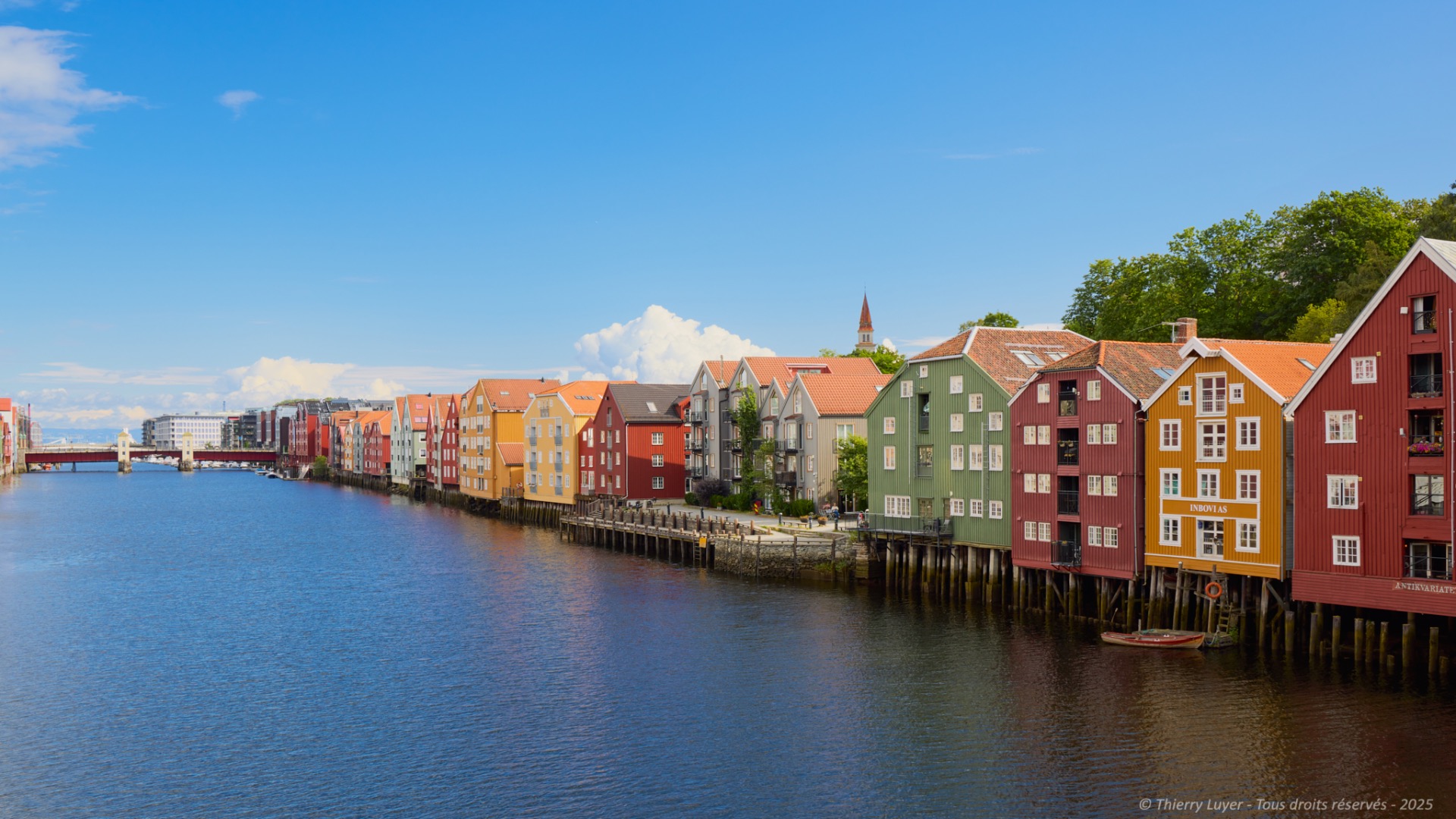
Day 6:
I stopover in Trondheim for the morning. This city was founded by the Vikings in the 10th century. It is one of the oldest cities in the country and very popular with tourists.
The Gamle Bybro bridge, adorned with wooden arches, provides a stunning view of the 18th-century wooden warehouses, whose facades are mirrored in the waters of the Nidelven River.
Nidaros Cathedral is one of the largest Gothic churches in Scandinavia. Built on the site of the tomb of Saint Olaf, the King of Norway who was killed in battle in 1030, the cathedral is a notable example of Gothic architecture. Construction began around 1070 during the Romanesque period and was completed around 1300 in the Gothic style.
Stiftsgården Palace, the royal family's residence in Trondheim, was built in the 18th century in a Baroque style with Rococo and Neoclassical elements. This 4,000-square-meter palace with 100 rooms is one of the largest wooden palaces in Northern Europe.
As I leave Trondheim by sea, I spot the Kjeungskjær lighthouse perched on a tiny reef. Built in 1880, this 20-meter-high, deep red, octagonal lighthouse lights up the busy shipping route of the Bjugnfjorden between the Trondheim Fjord (Trondheimsfjord) and the North Sea.
The Trøndelag region is known for its highly unpredictable weather. In Ørland, the sea can go from calm to stormy in minutes.
Originally, a lighthouse keeper lived there permanently because bad weather made daily trips to the mainland impossible. Sometimes, the keeper would call on a teacher to educate his children. The last lighthouse keeper left in 1987, when the lighthouse was automated.
Today, the lighthouse is open to visitors, who can stay in the keeper's apartment. Isolation guaranteed!
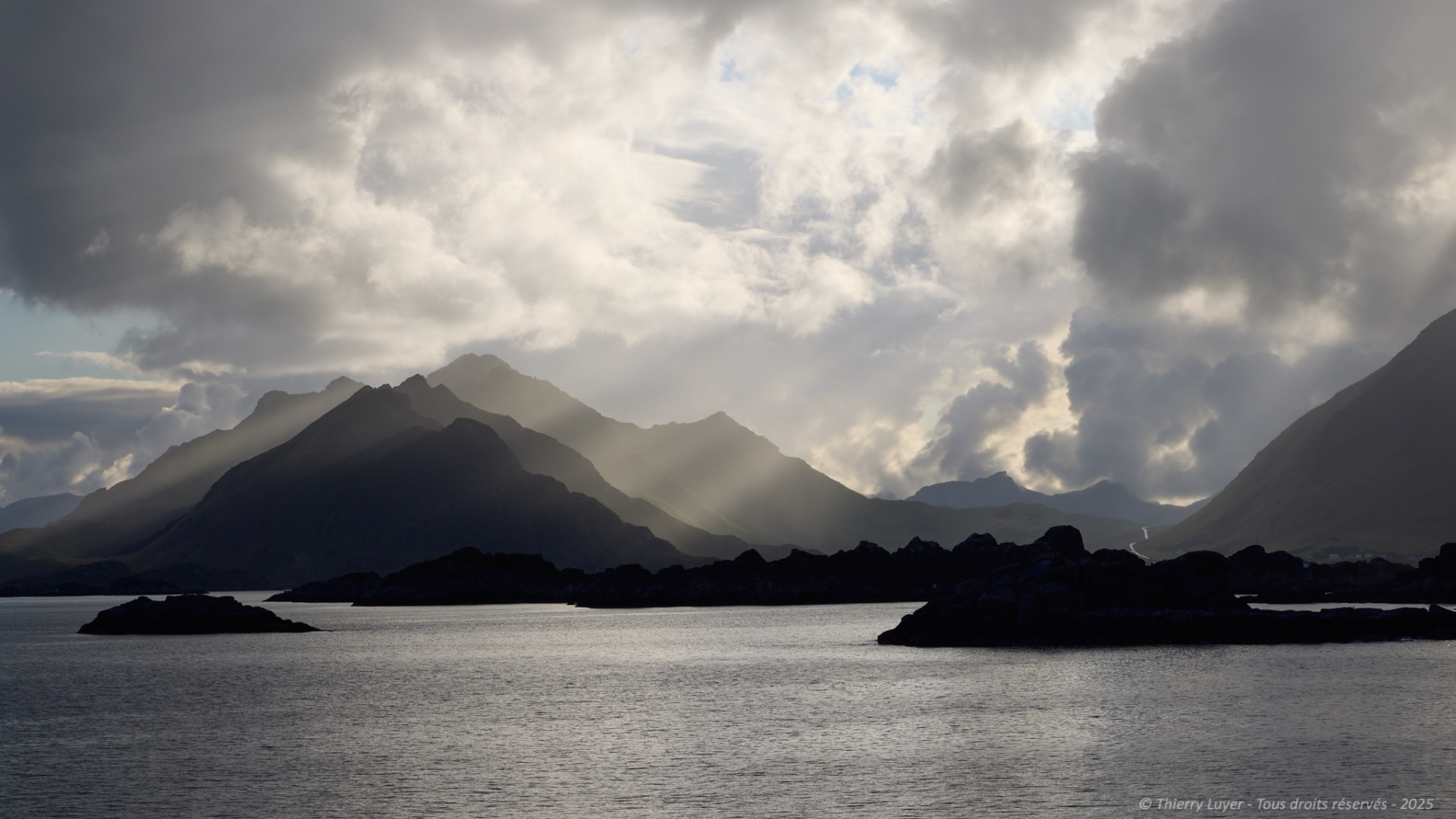
Day 7
I cross the Arctic Circle (66°33'N). The ship sails along the coast, winding its way between islands, inlets, and majestic mountains. The scenery is spectacular, especially when the sun finally emerges after a week of gray skies.
Then the ship makes a quick stopover at the town of Bodø and its small fishing port.
At the end of the day, the sun plays with the clouds, offering me beautiful backlighting.
